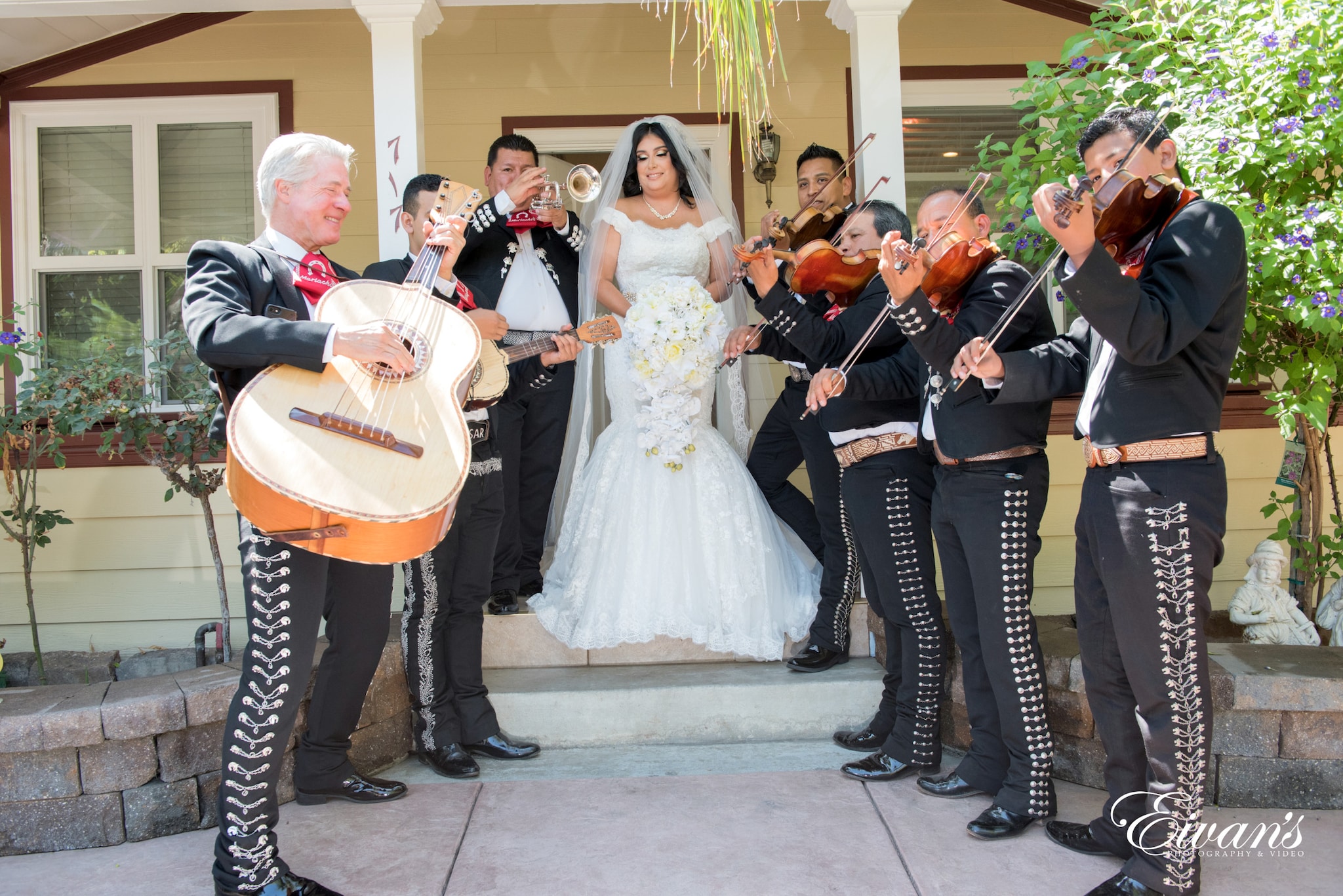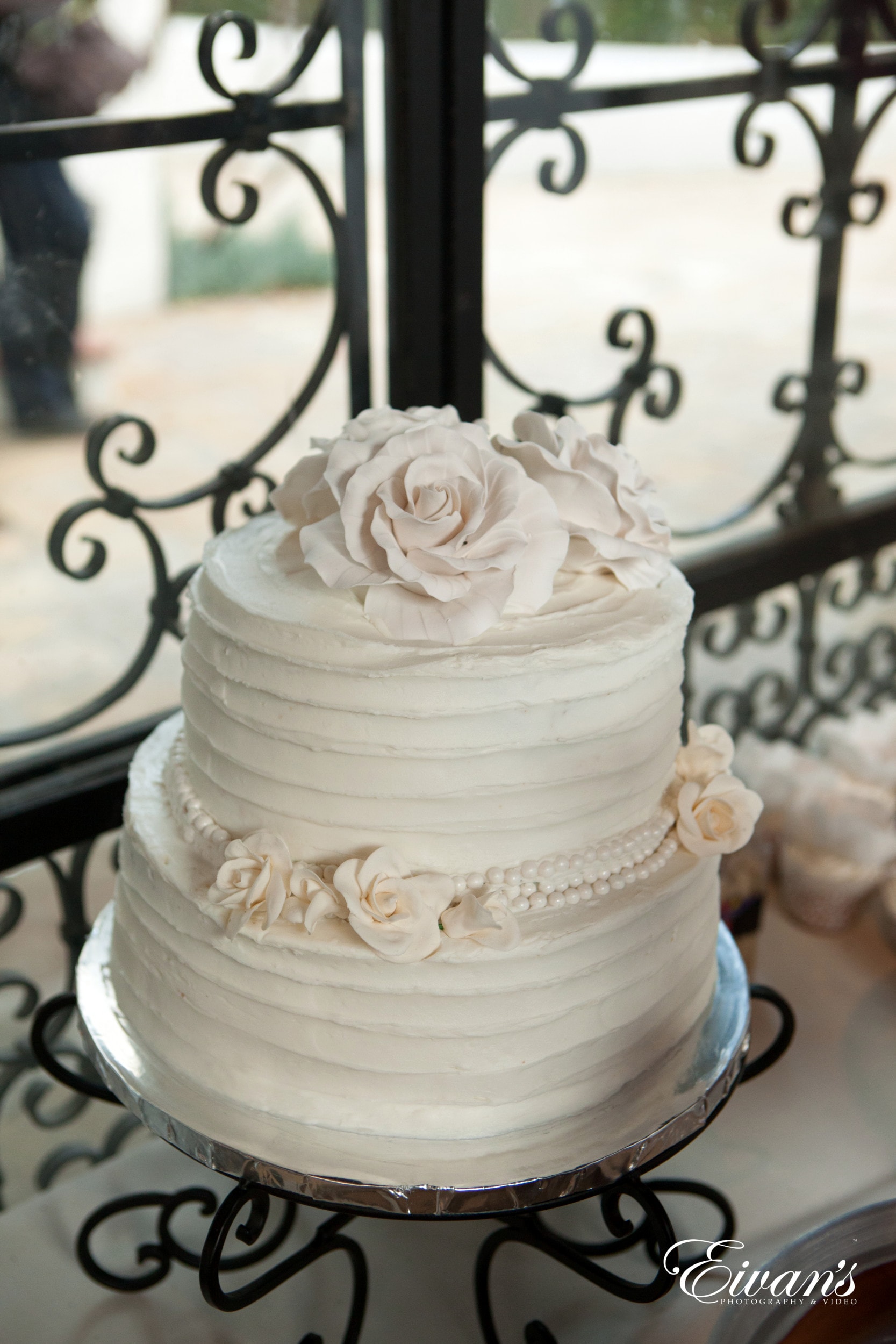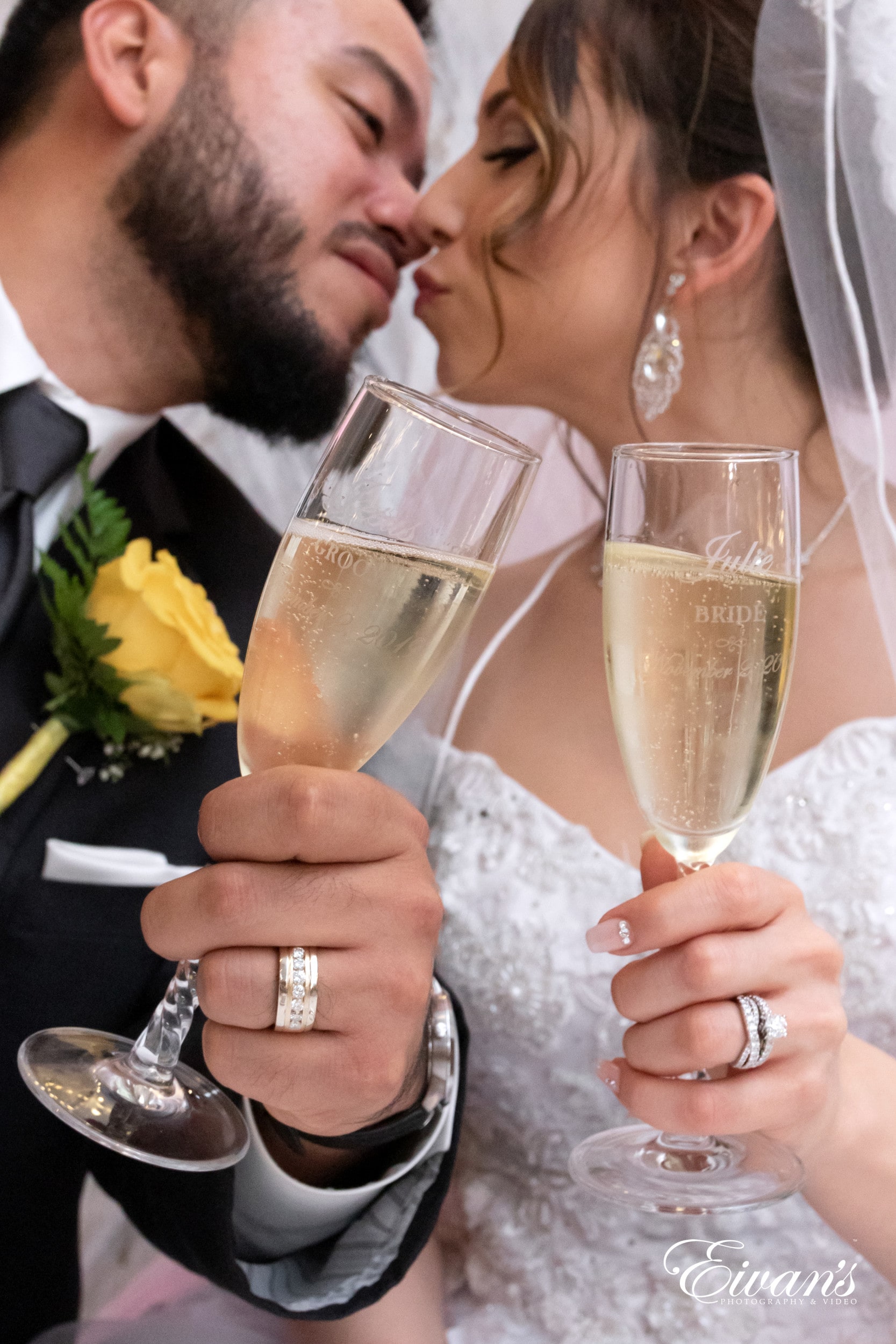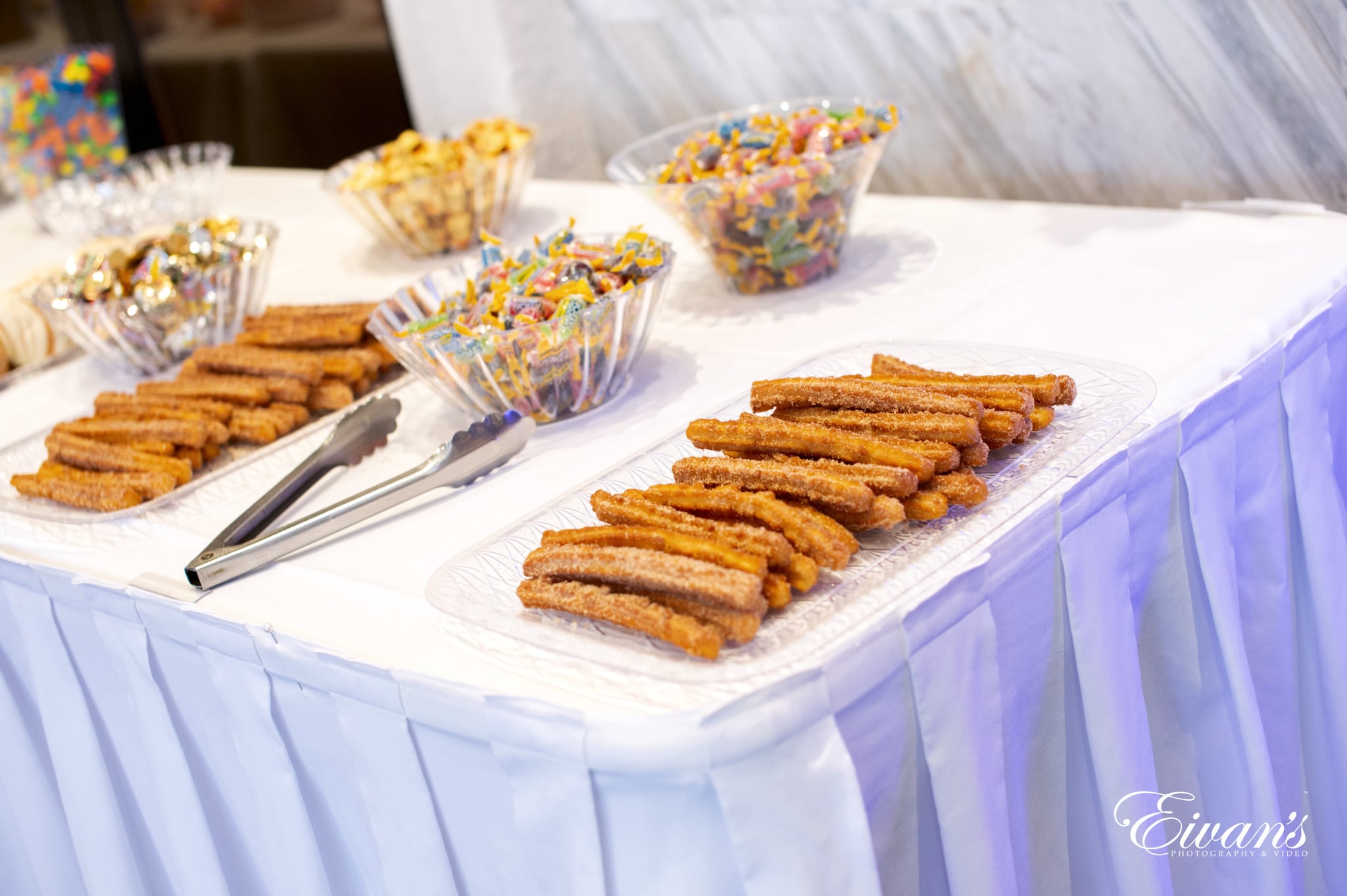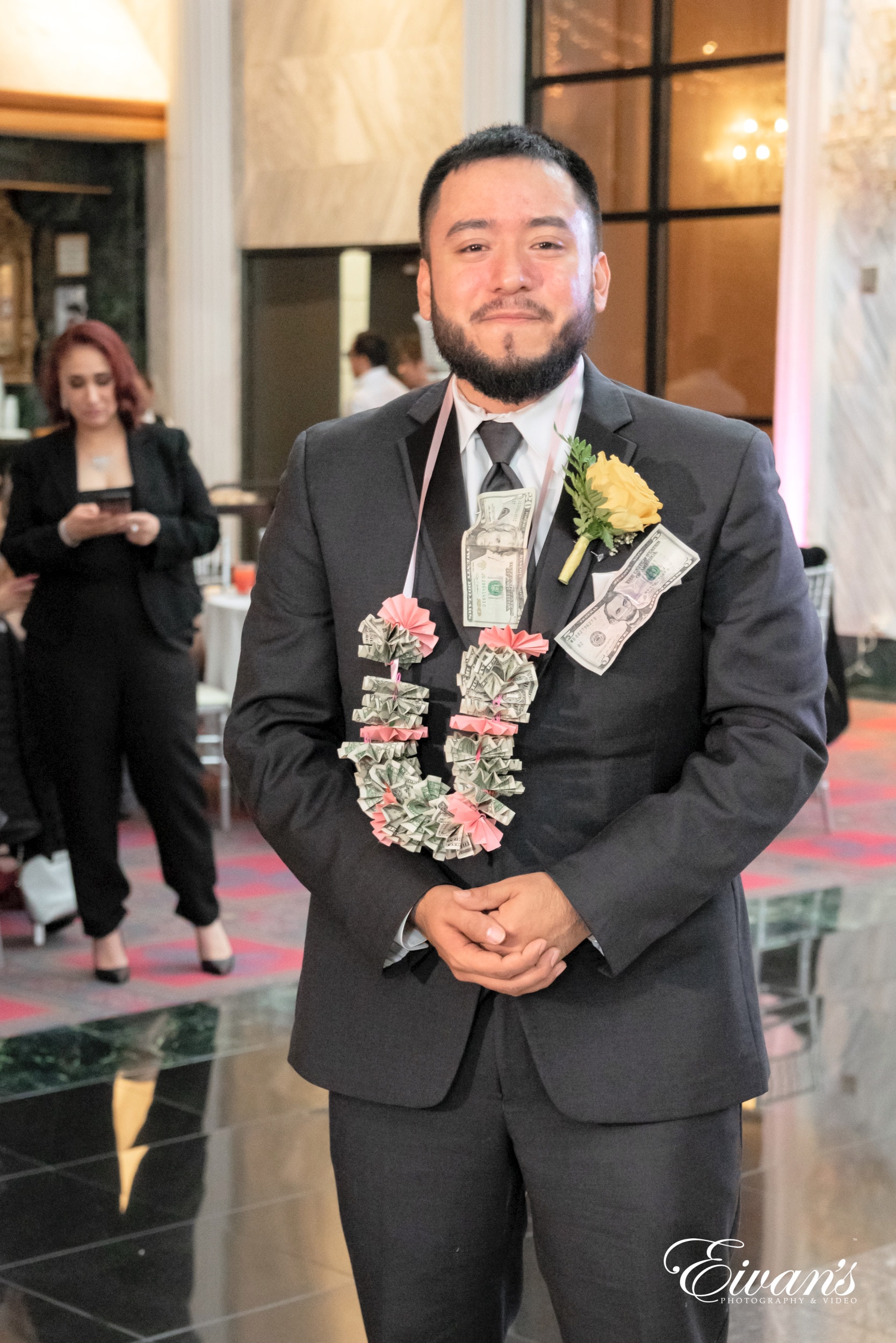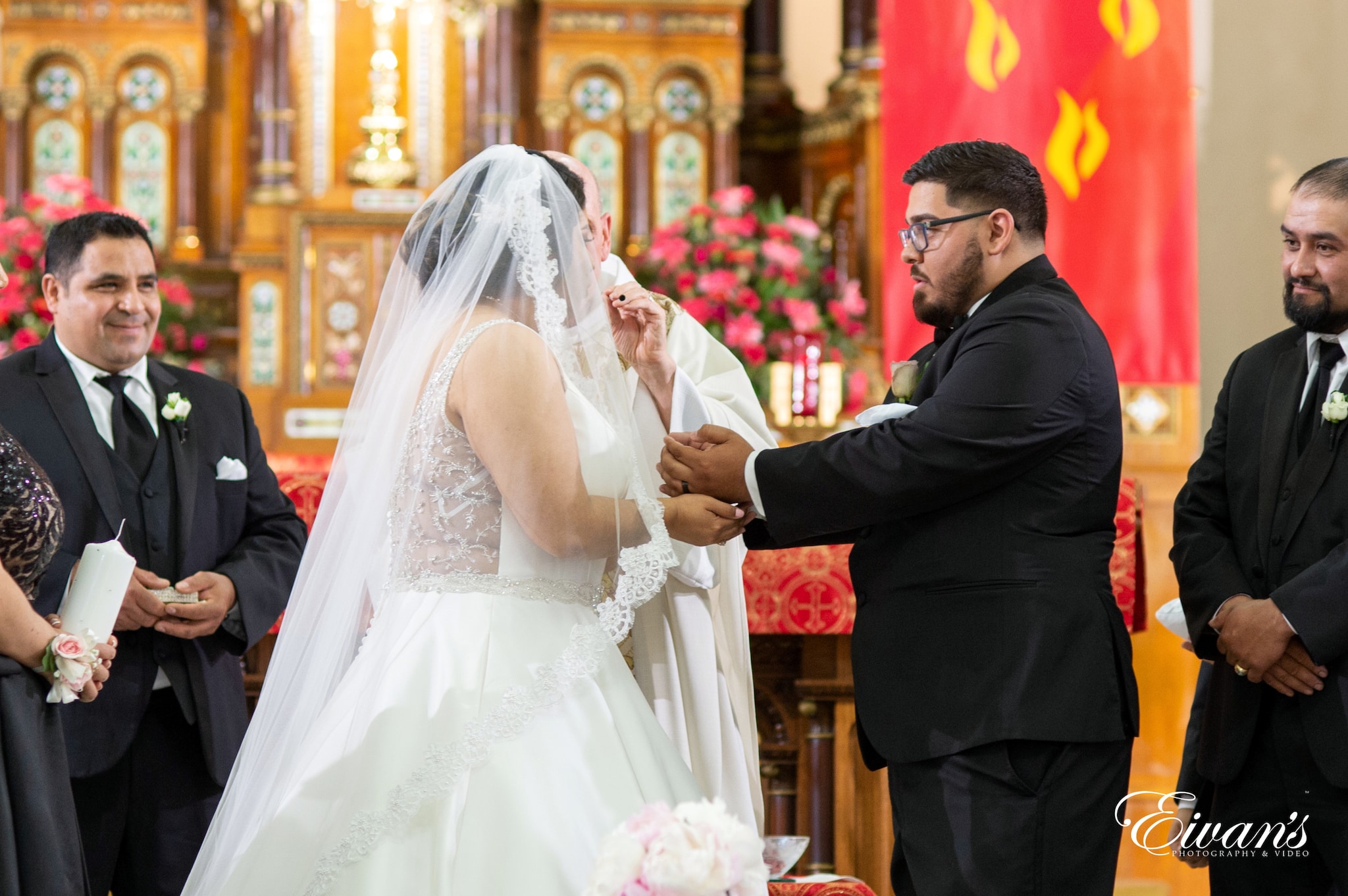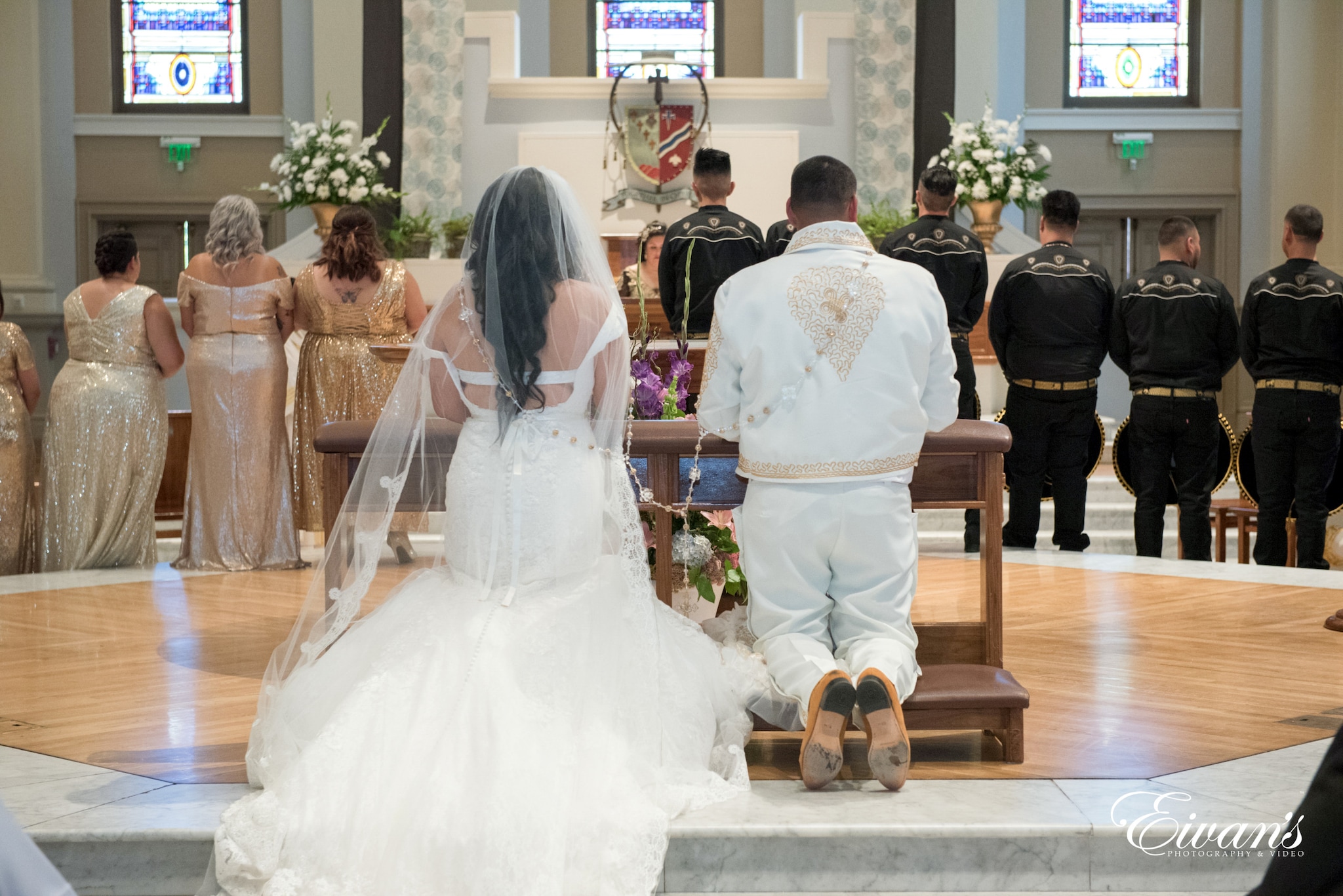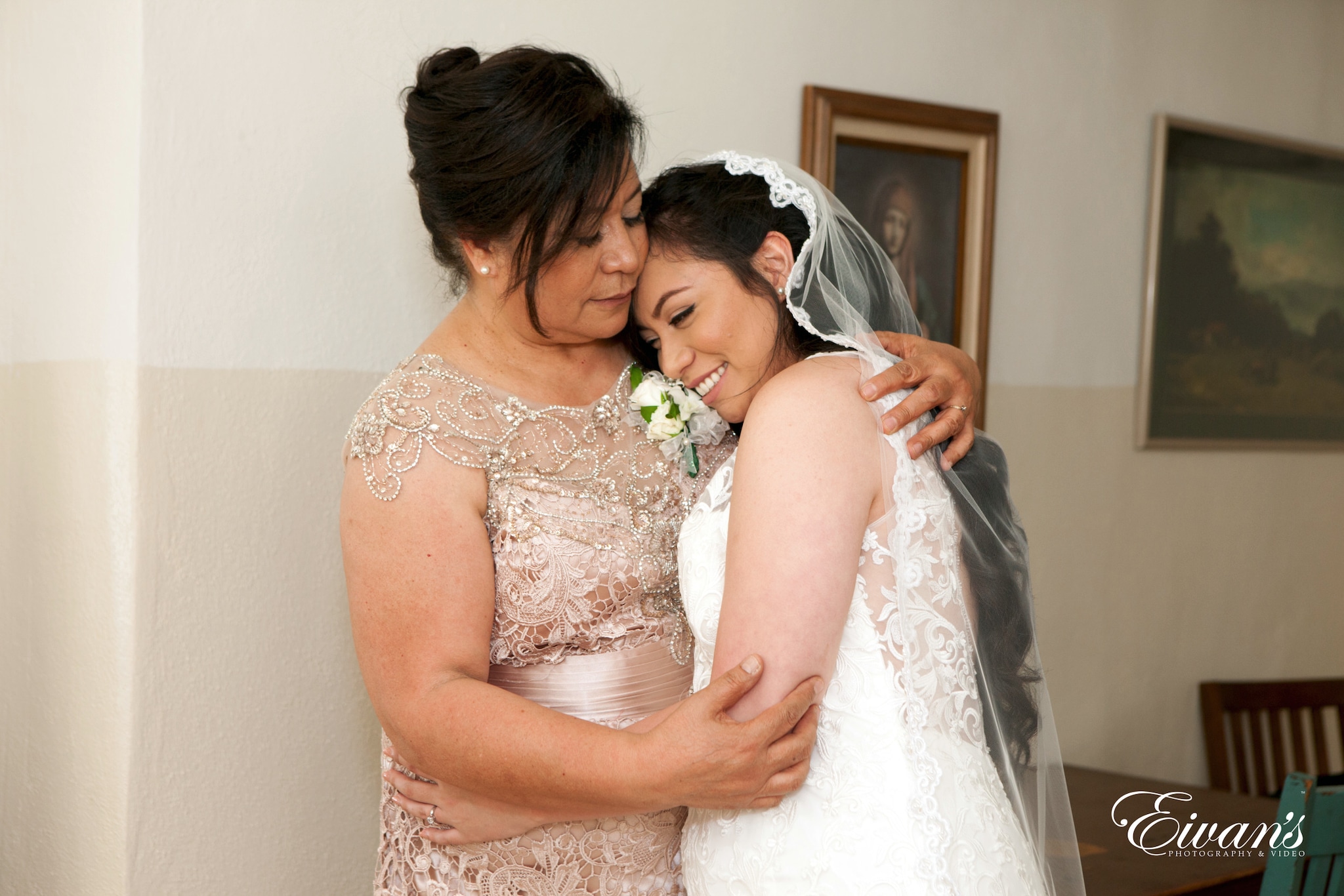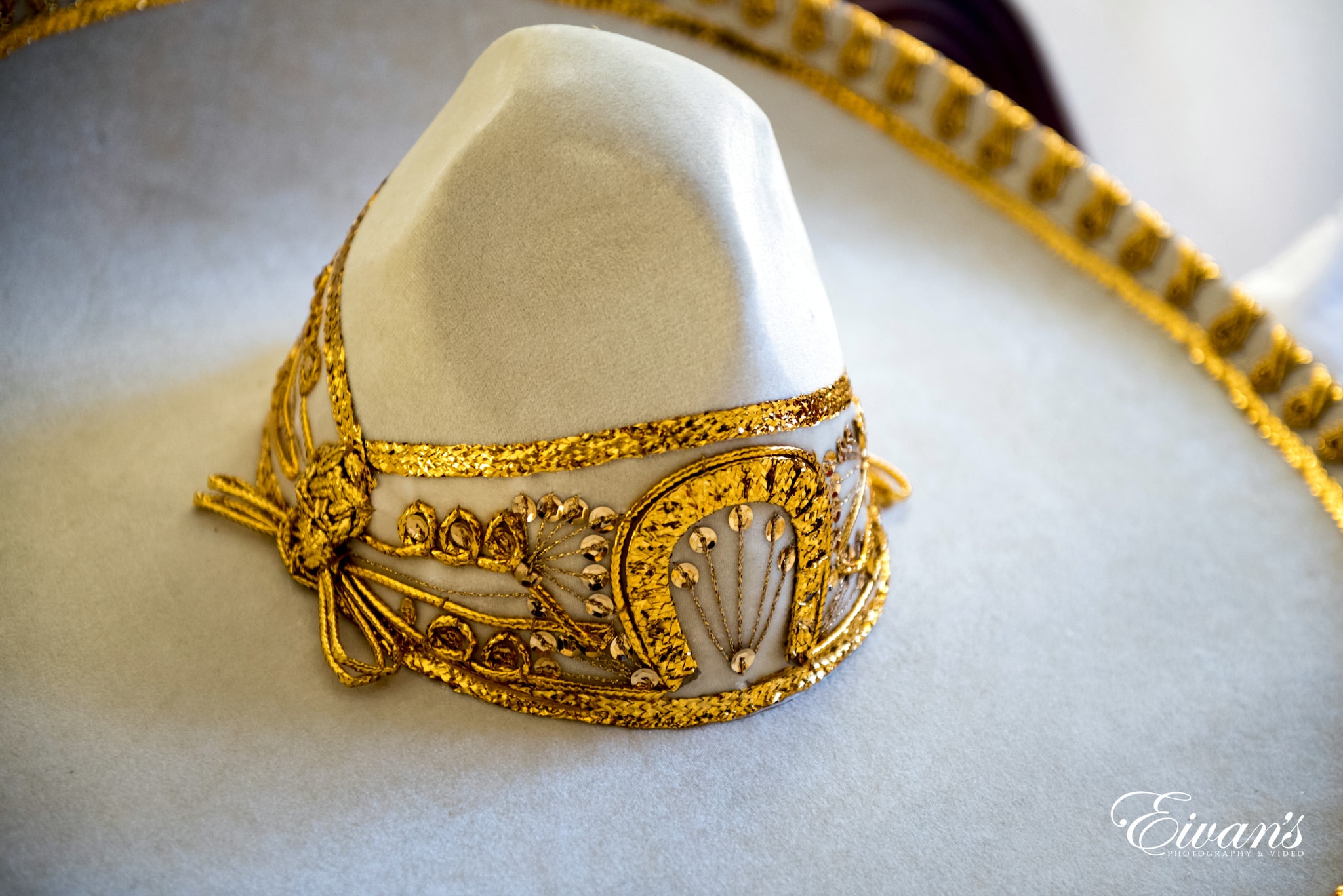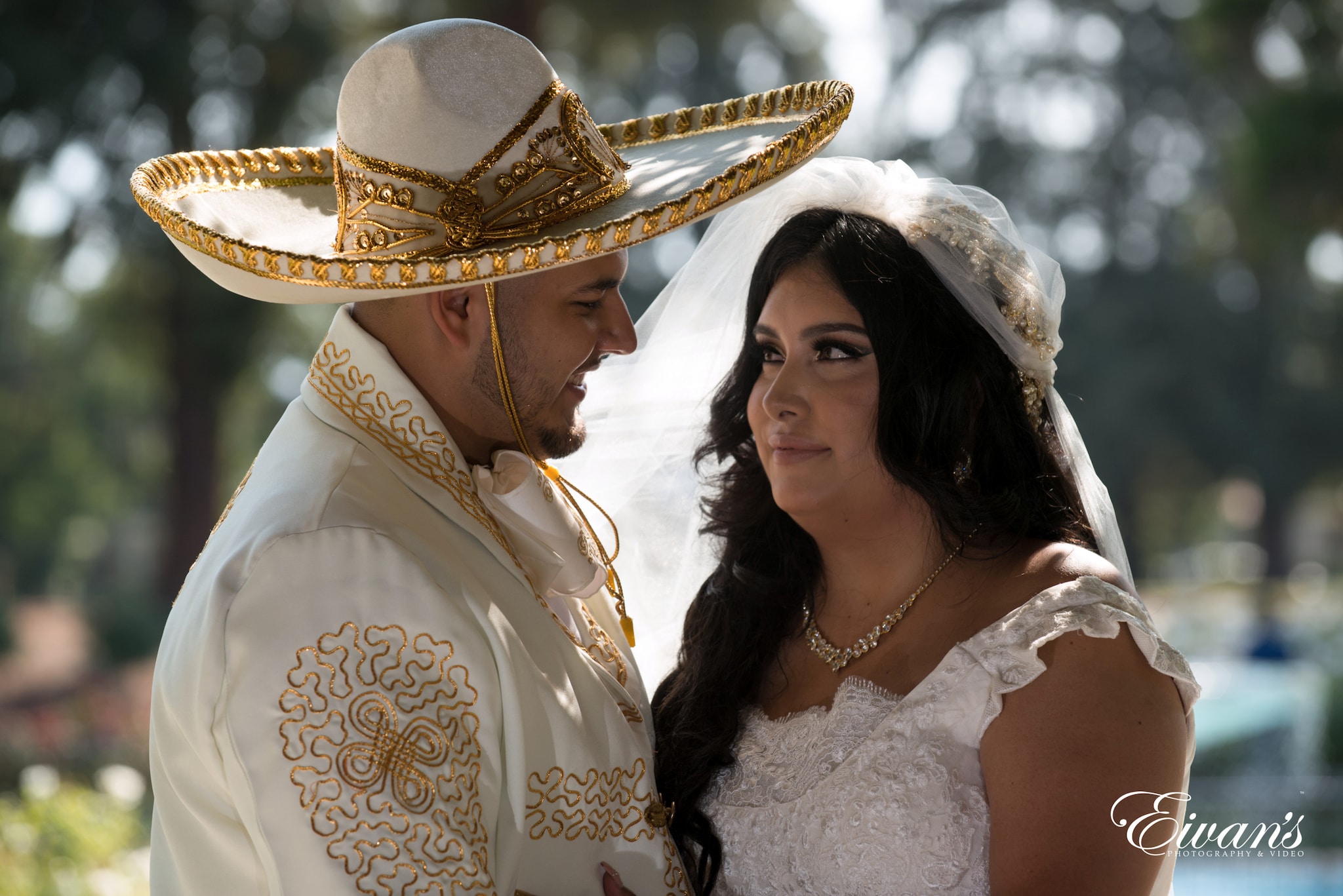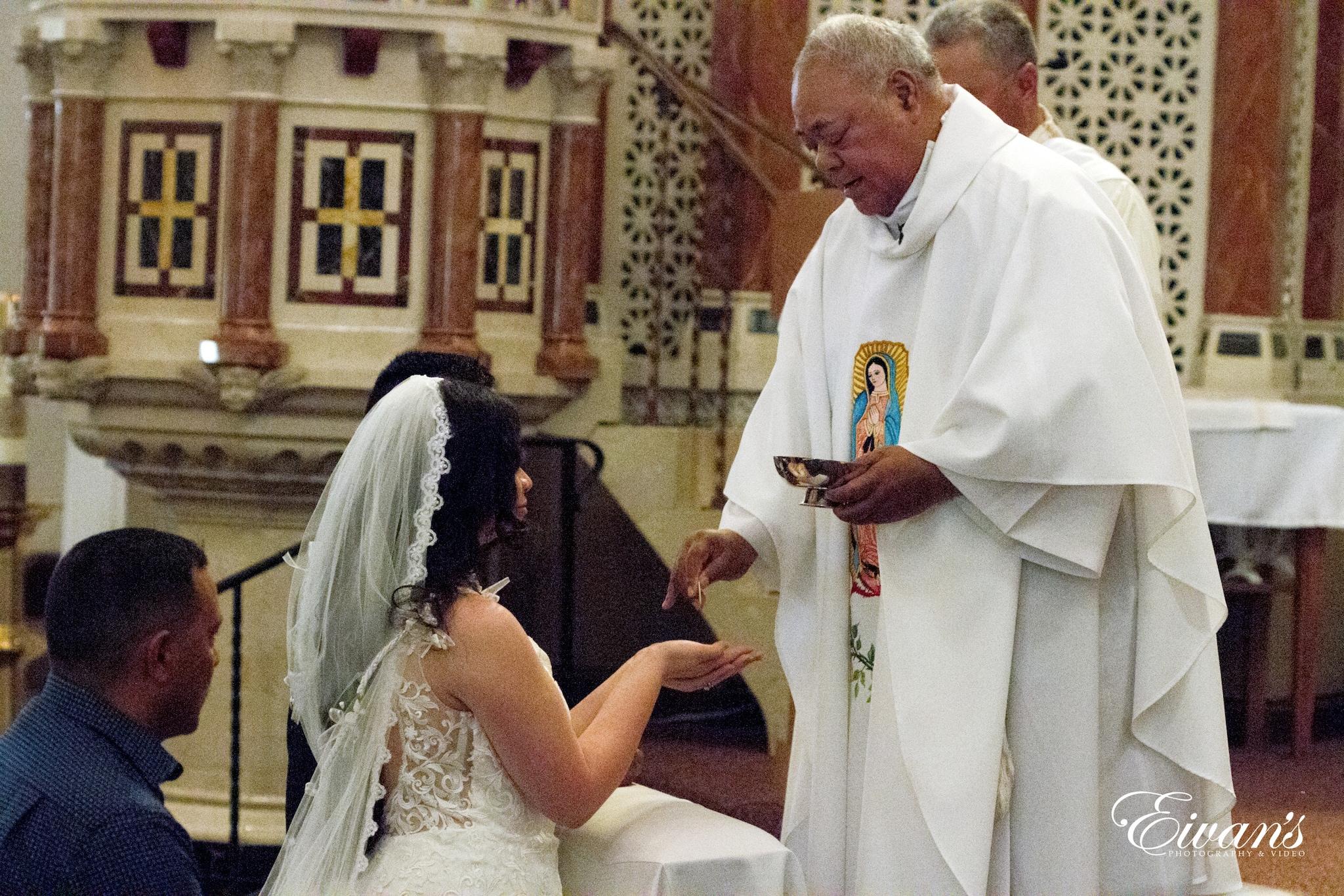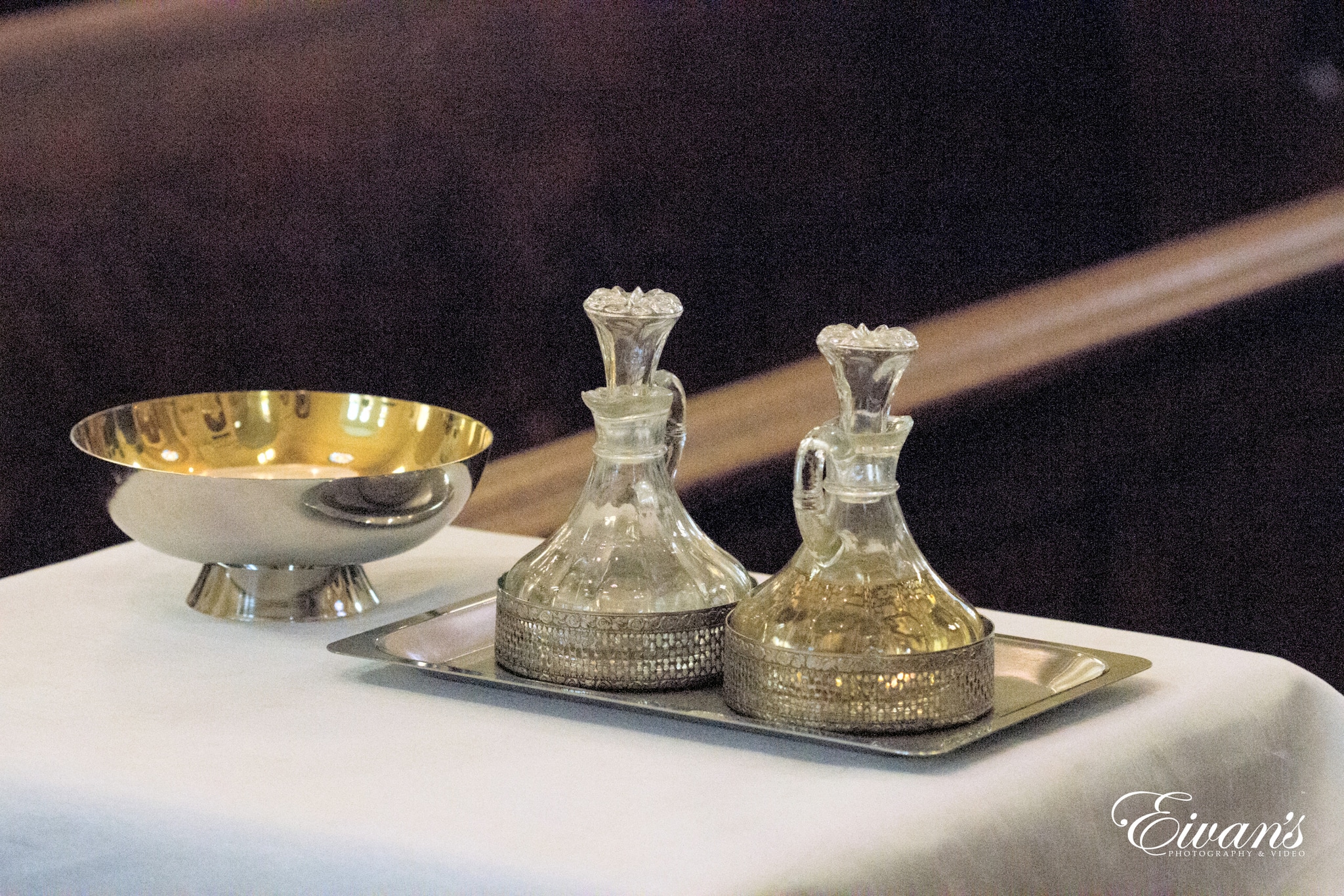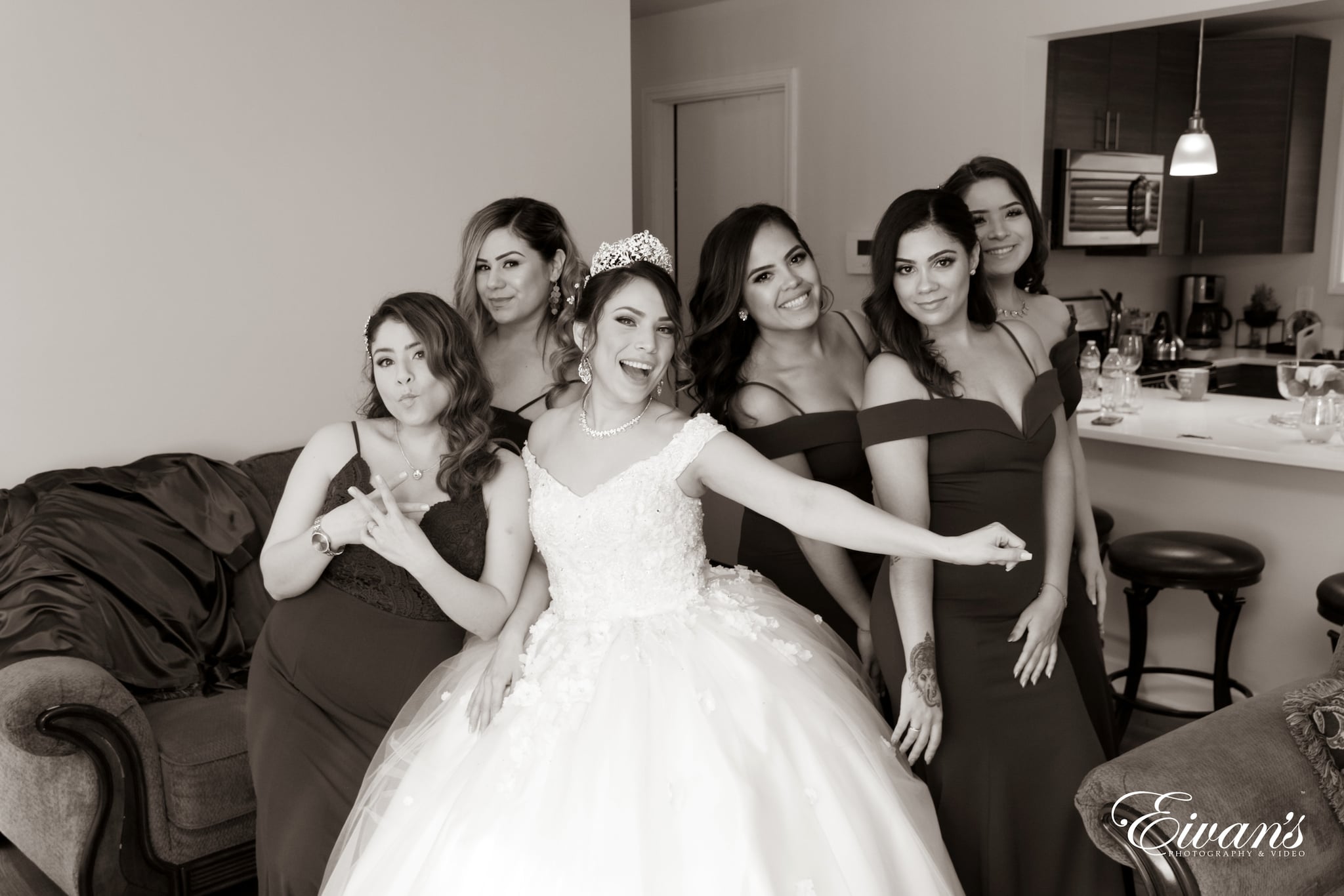Authentic Mexican wedding traditions, Rituals and Ceremonies
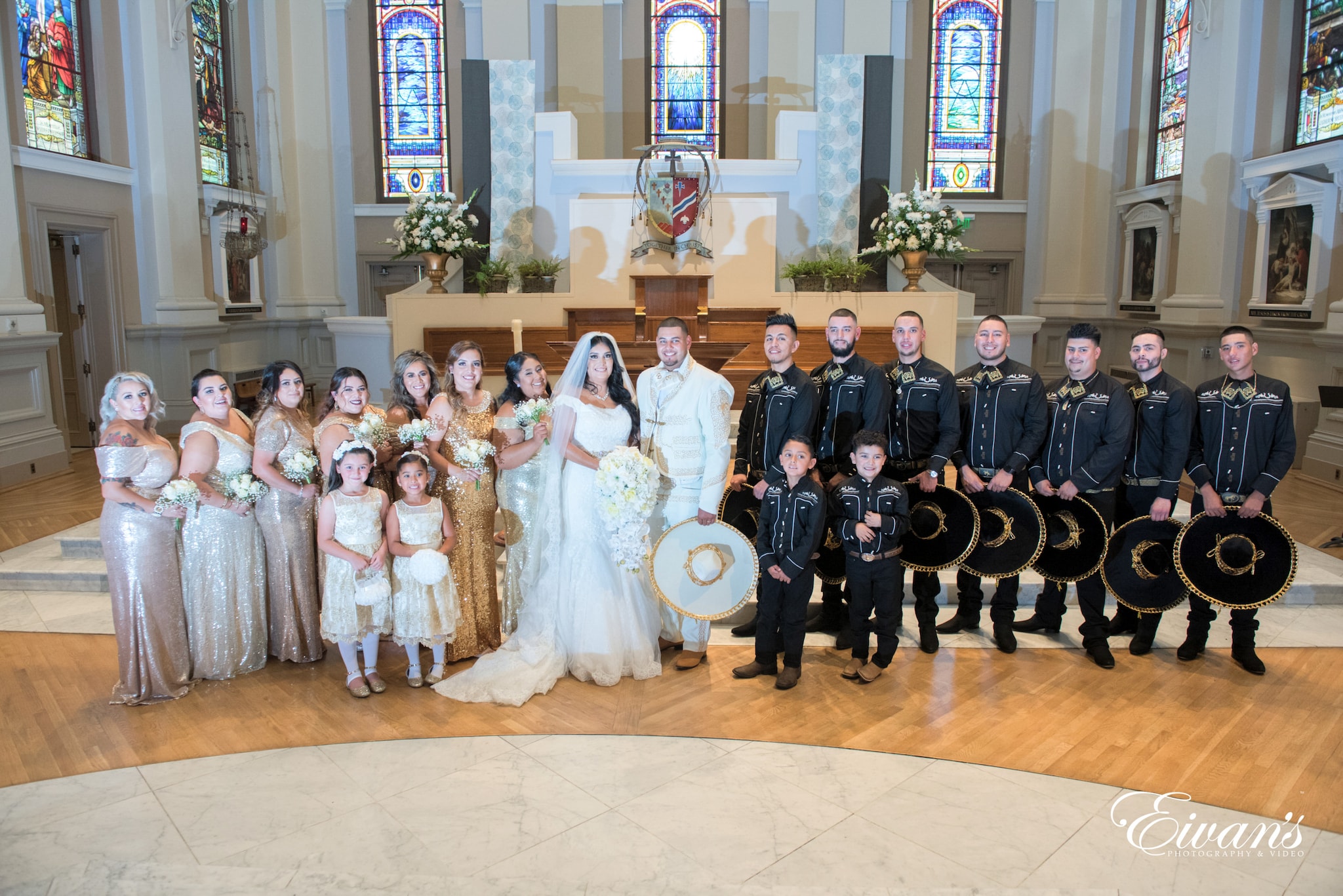
By Eivan’s Wedding Team ![]()
Most Mexicans Americans want a wedding ceremony that reflects their native heritage. For you to get the complete feel its best you first understand your ancestors’ customs.
Mexicans have a high regard for their cultural values and customs. They love socializing along with food, music and fun, that’s the nature of all their events.
Spirituality plays a crucial role in their lifestyle. Their popular religion is the Roman Catholic. Most Mexican weddings today are like a normal Catholic wedding in a church.
The only difference is they have rituals that make it distinct. The Mexican culture has other influences like the Mayans and Aztecs. They reflect these cultures in destination wedding ceremonies.
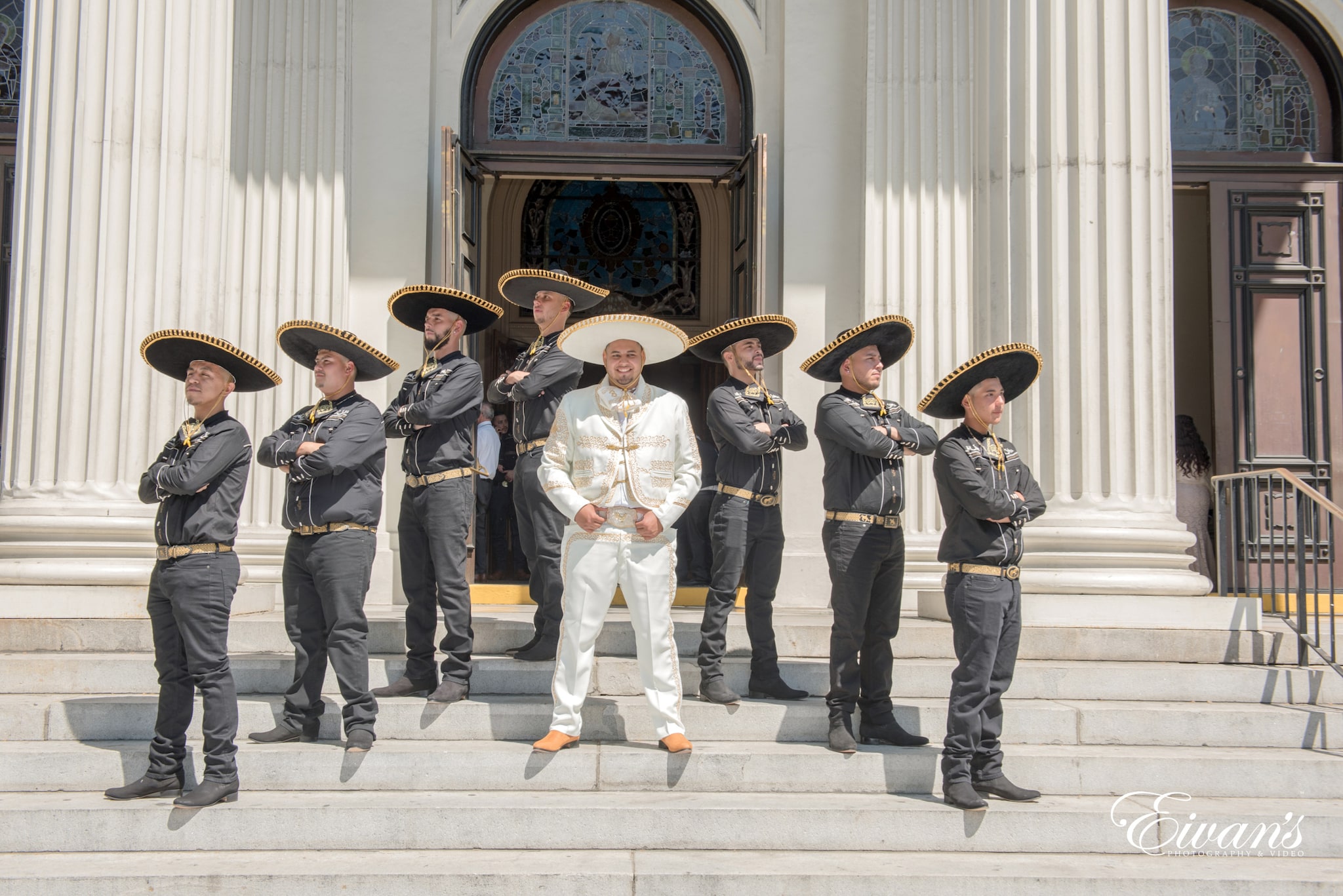
Let’s look at the Original Mexican wedding customs
The Father’s approval (La Pedida)
The father is the head of the household. He has the final say in allowing a couple to date. He gives an approval for their daughter to be given in marriage.
The groom’s family pays a courtesy visit to the bride’s home to formally ask for her hand in marriage as a sign of respect. This request is the Pedir, it brings two families together to know each other better. If the father approves the union, the families choose the best dates for the wedding.
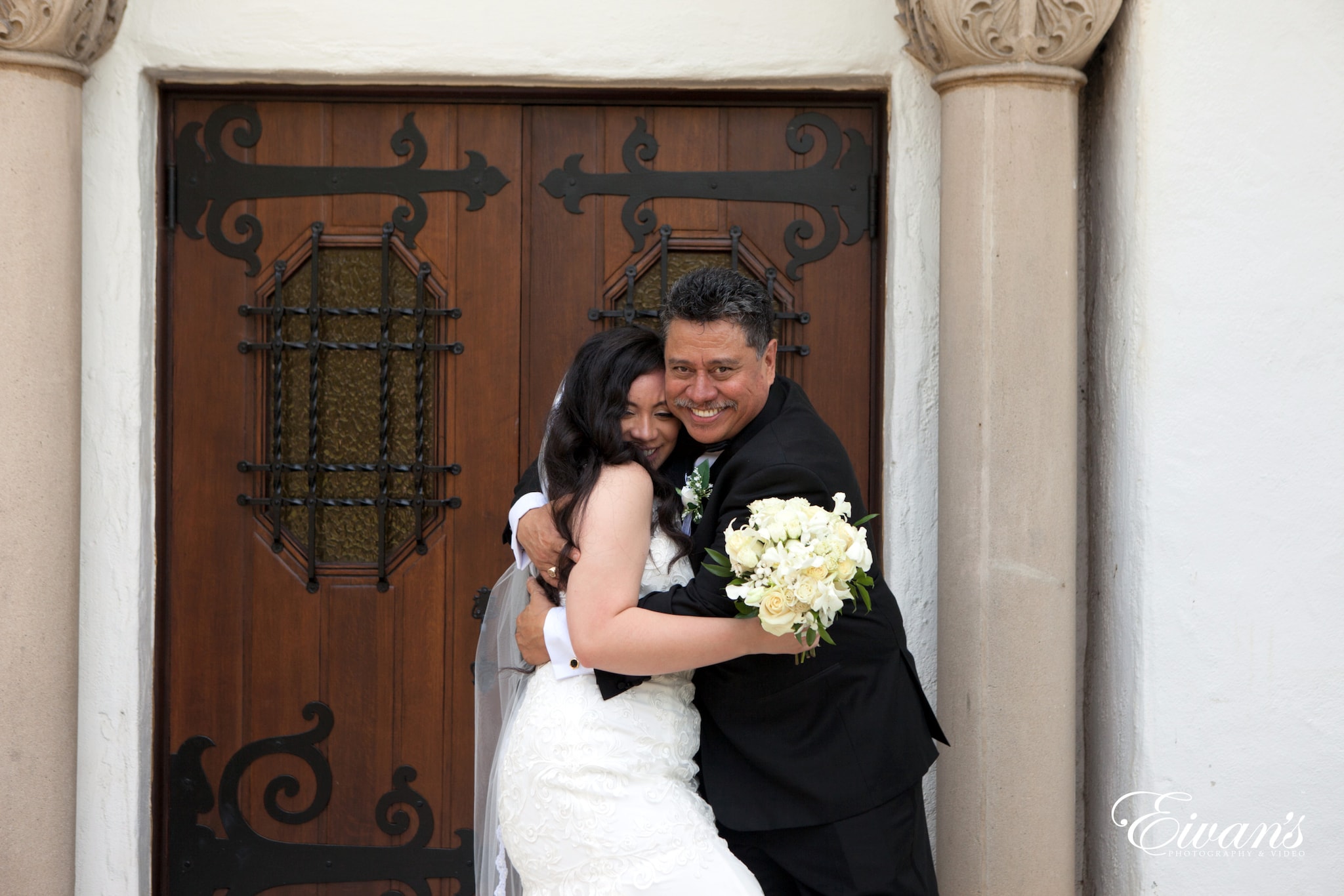
Sponsors or Padrinos
Mexican couples select mentors who are with them throughout engagement and marriage. The Padrinos can be grandparents, godparents or friends. There are two types of sponsors. Mentors who chosen by the couple and sponsors who volunteer a gift to the couple.
Mentors are role models who are successfully married that the couple admires. These padrinos or mentors take part in the Catholic Church services as guests of honor. Padrinos provide financial support to help with the wedding costs.
This type of sponsorship comes from well nurtured relationships between the Mexican people. Sponsors contribute to the wedding like the lazos, arras, flowers, lucky gold coins, etc.
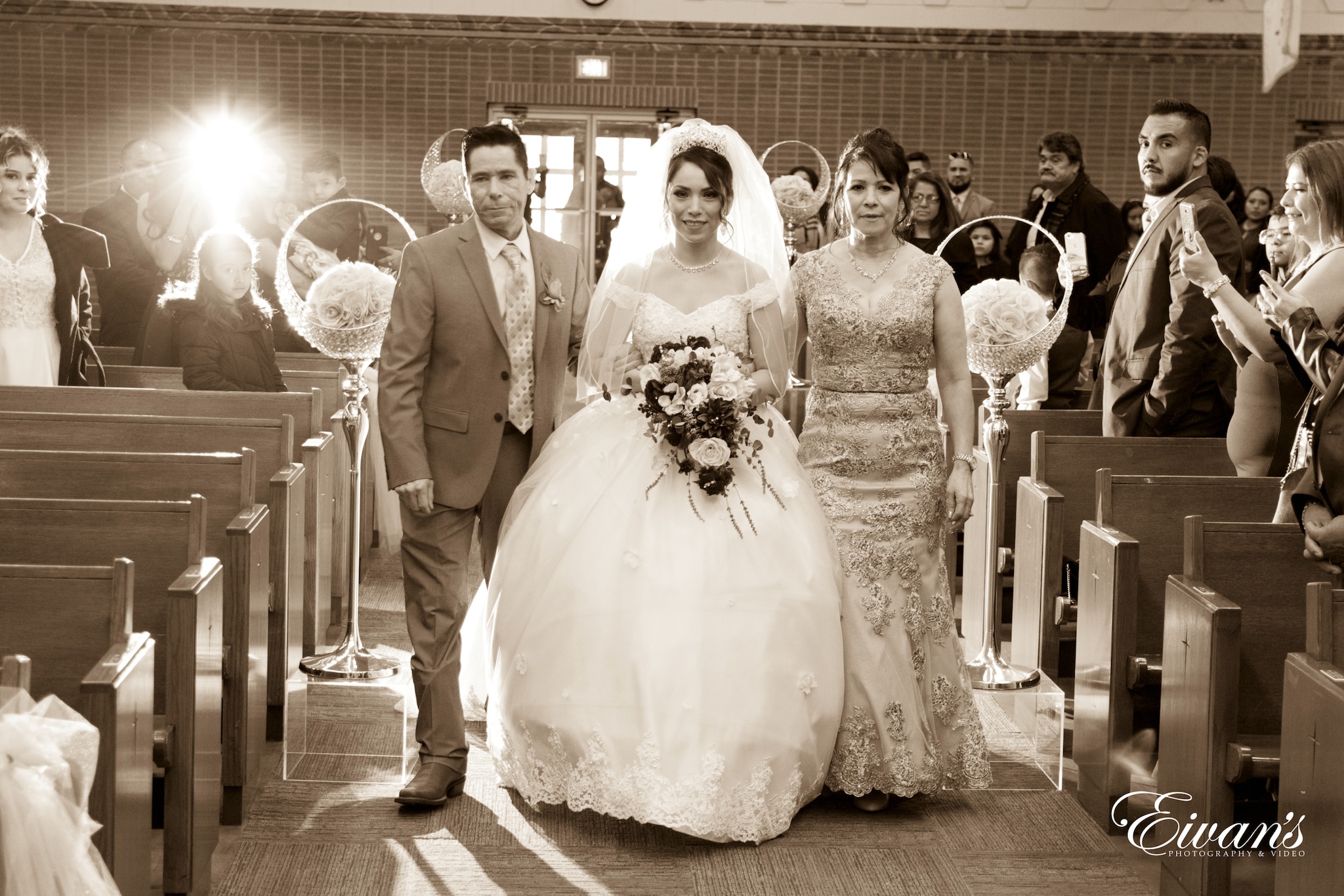
Wedding attire
The Mexican wedding attires depends on the part of Mexico the couple is from. The brides, grooms and the bridal party have lots of options.
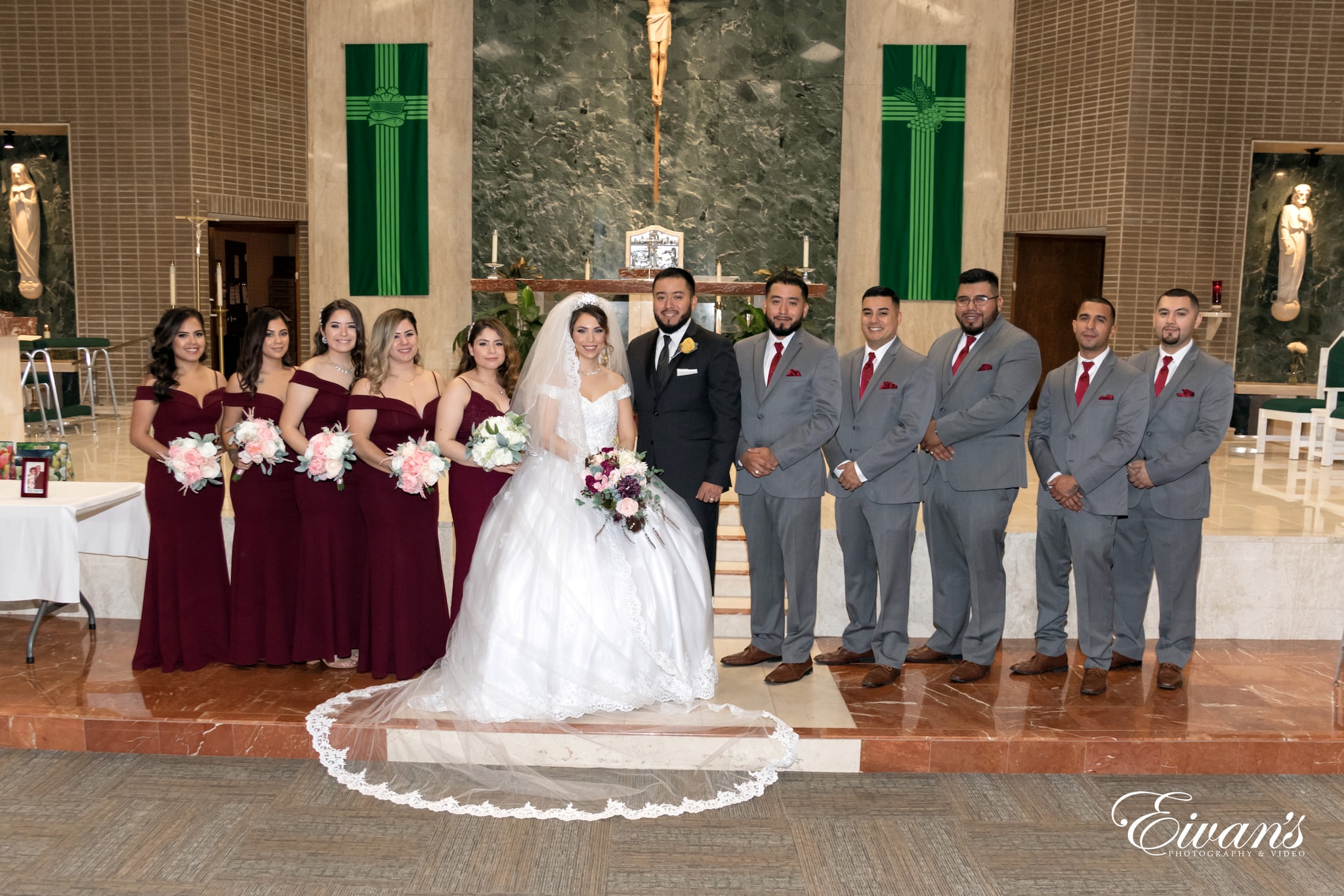
The Bride’s Dress
It was traditionally sewn by the bride or her family members at the groom’s expense. Spain culture influenced these wedding dresses. They also incorporated imagery elements of good luck, prosperity and fertility.
In recent times, the wedding dress is tailor made inspired by the bride’s preferences. Traditional Mexican fabrics are a rich inheritance of the local design. A bride getting married in a Catholic Church wears a bolero jacket or bridal shawl to cover her bare shoulders.
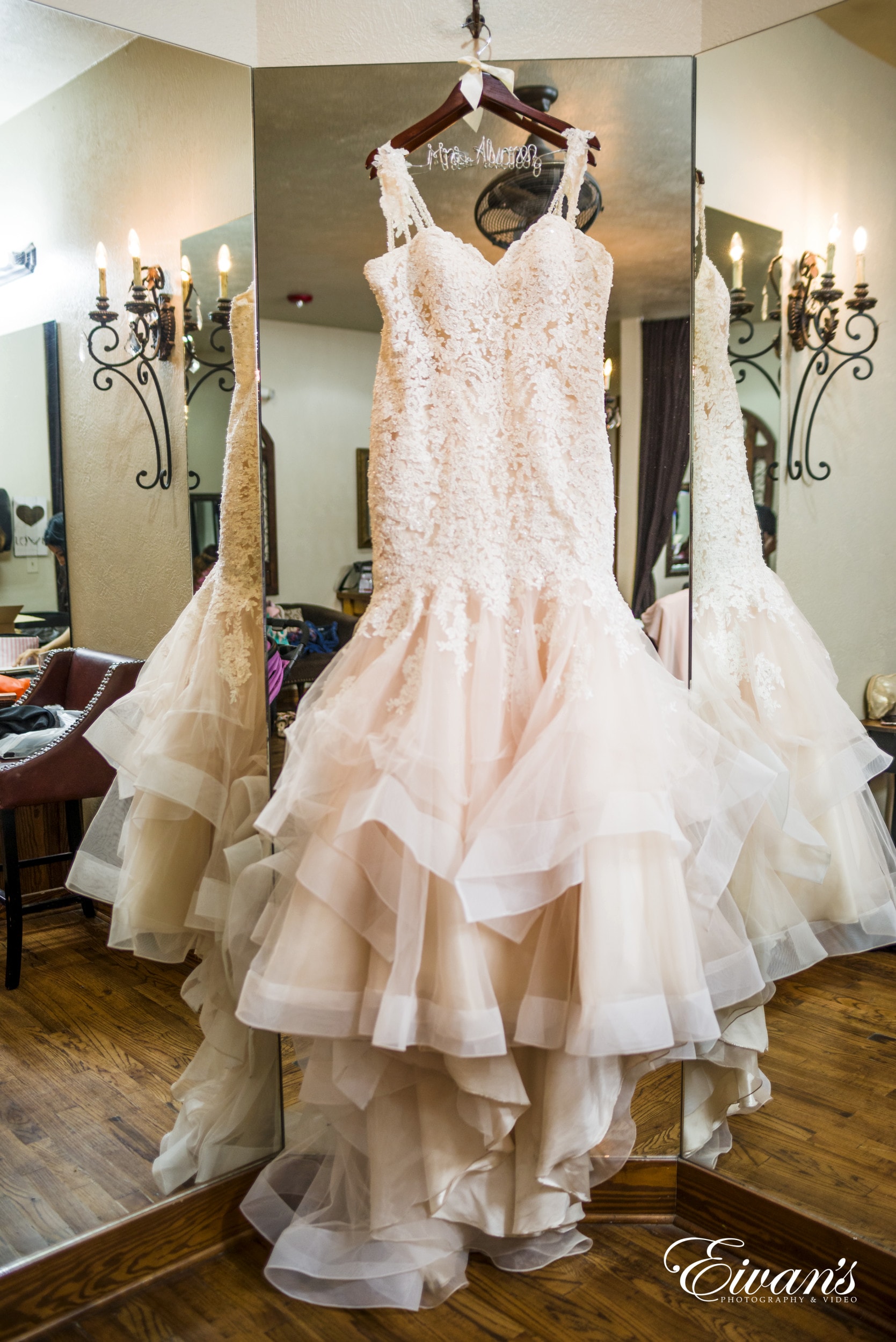
The Bridal Veil
Brides getting married in church must wear veils to cover her head.
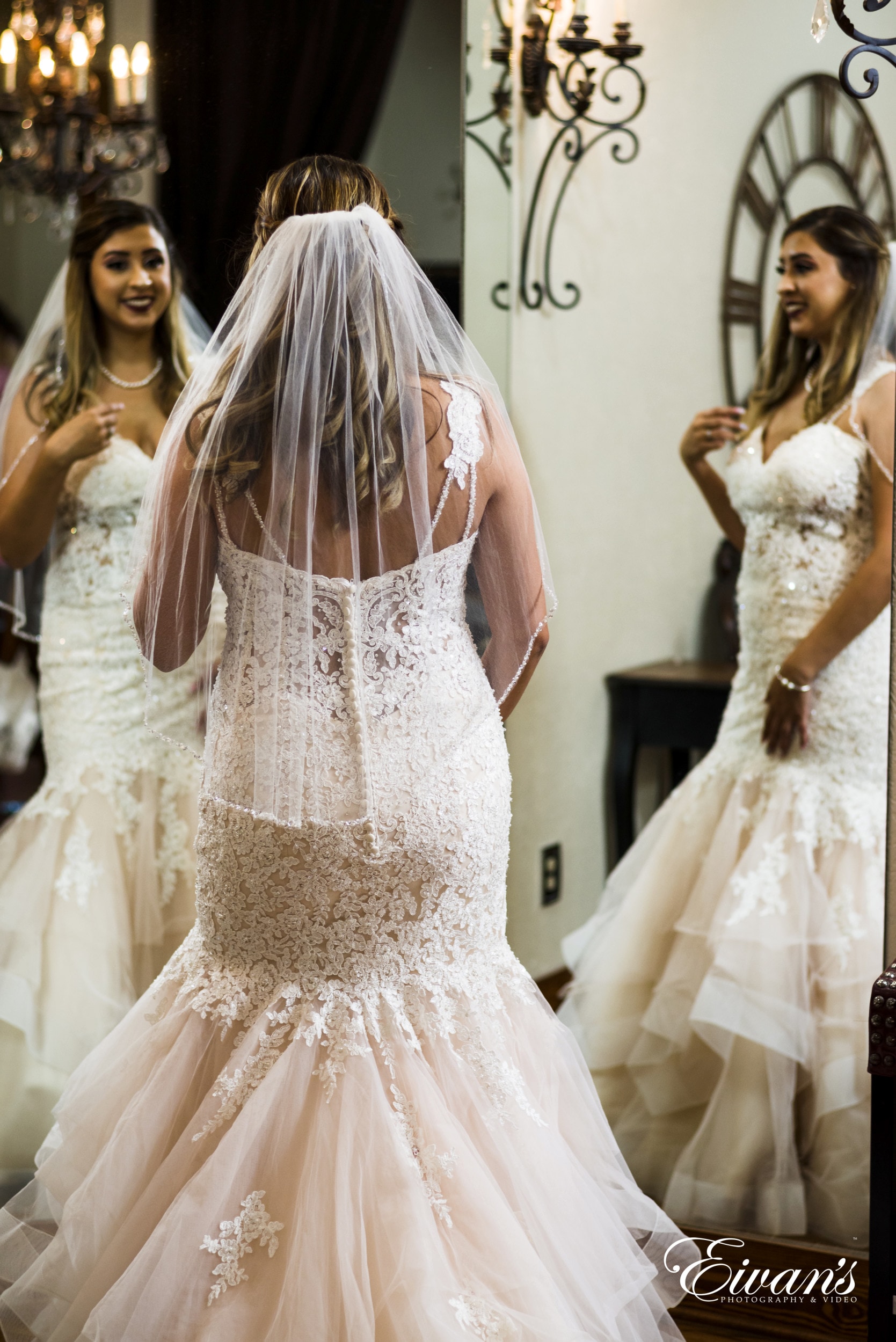
Groom’s Attire
Grooms wear guayaberas (Mexican shirt) and linen or black pants. The Mexican shirt made of linen has four small patch pockets and two rows of vertical, fine pleats.
These shirts are an equal formality of a tuxedo in today’s groom’s wear. Latin America leaders and Mexican Presidents adorn the guayaberas to formal events internationally. Some grooms today may choose to wear a suit to their wedding which is fine.
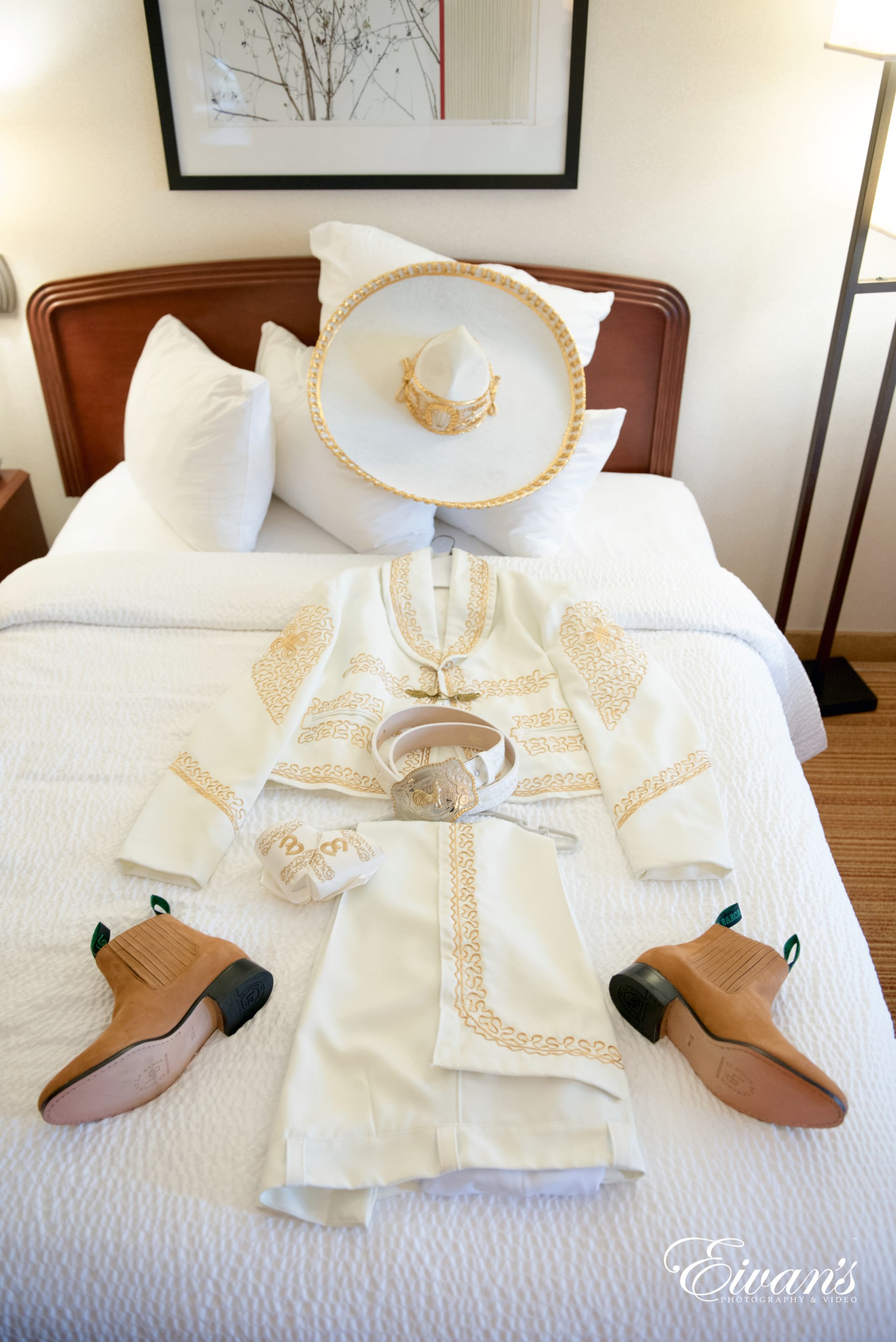
The bridal party attire
The bridesmaids and groomsmen in a traditional Mexican wedding wear matching colors. The bridesmaids’ dresses are to match the tie or the cummerbund worn by the groomsmen. The ring bearers and flower girls dress to match the groom or bride or the bridesmaids and groomsmen.
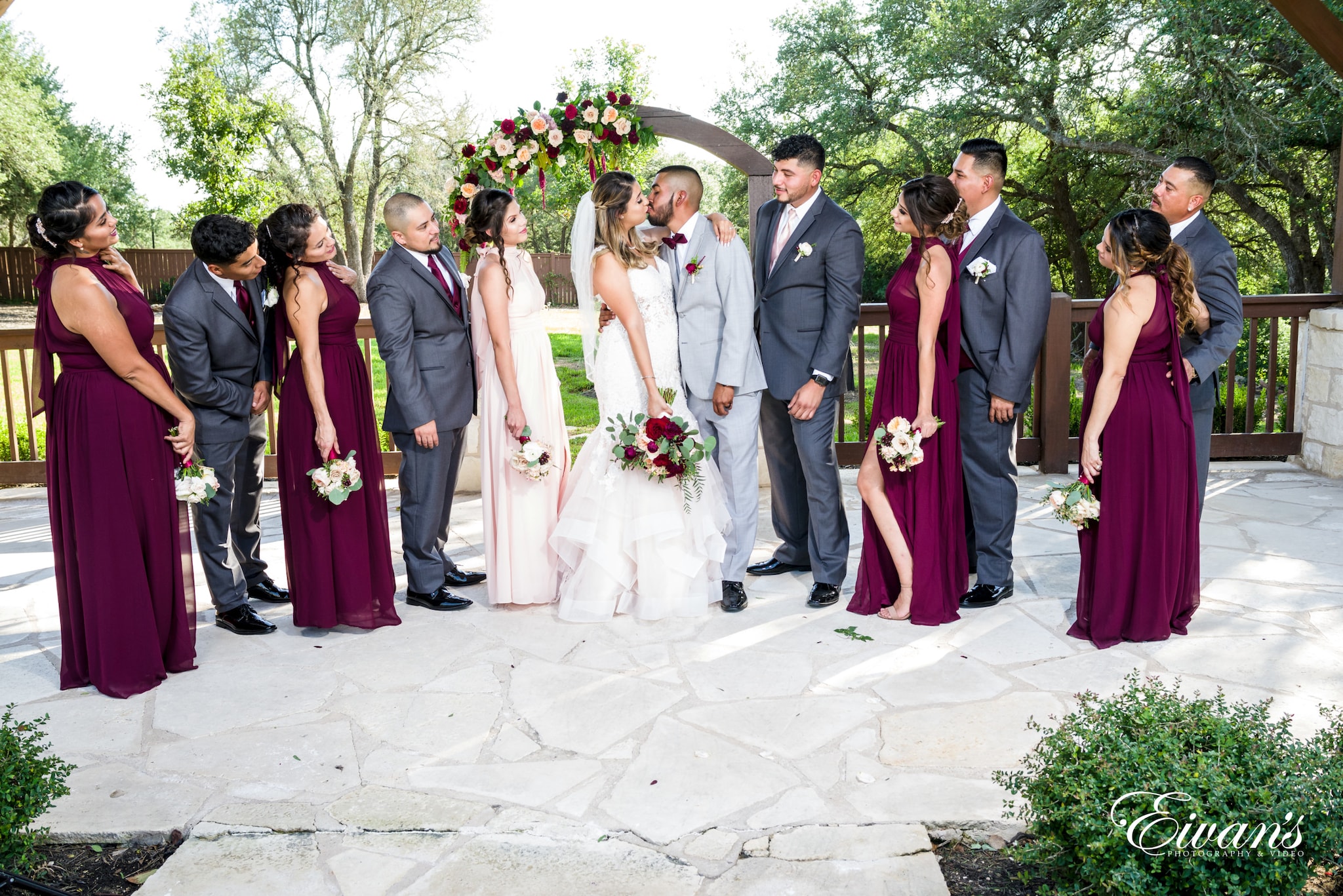
The Wedding Ceremony Procession
Before the bride leaves her home, her mother says a prayer to guide and protect her. Both the bride and groom as well as their families walk down from their homes in procession. This is a public show of the families pride in getting their daughter/son married.
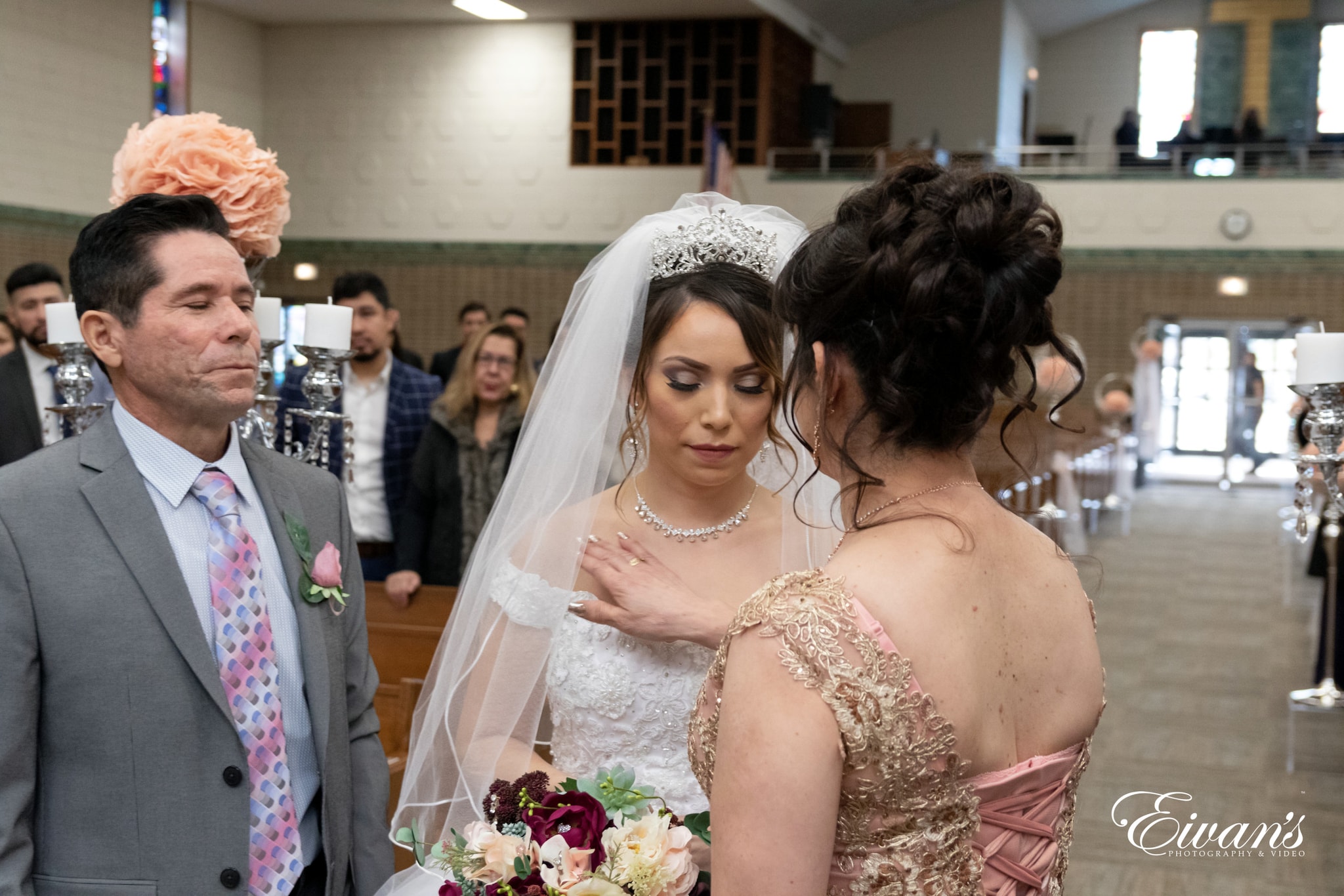
The Wedding Ceremony
Mexican weddings traditions are full of rituals that they follow on the wedding day. Weddings held in the Roman Catholic Church are very spiritual and involve a full mass.
The bride and groom kneel or stand at the church’s altar. The godparents present them with gifts of a rosary, prayer book and a kneeling pillow.
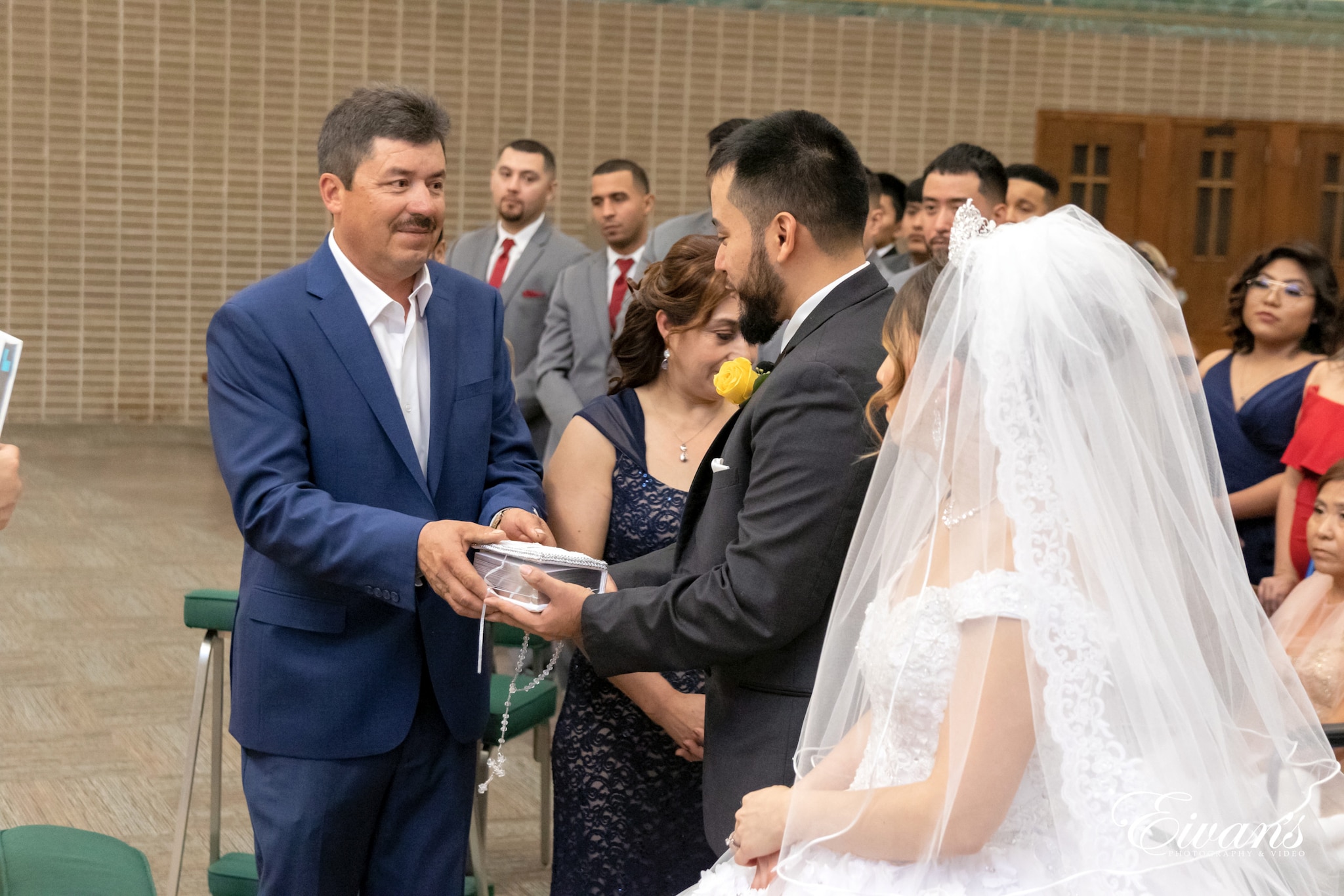
El Lazo Ritual
The Lazo is a rope either rosary beads or jeweled made into a ribbon; a Mexican wedding tradition that joins the bride to the groom. It is placed around the necks of the couple in a number 8 after they have exchanged their vows.
The lasso represents their linked future together. They call it a Unity Lace and the couple wears it throughout the church service.
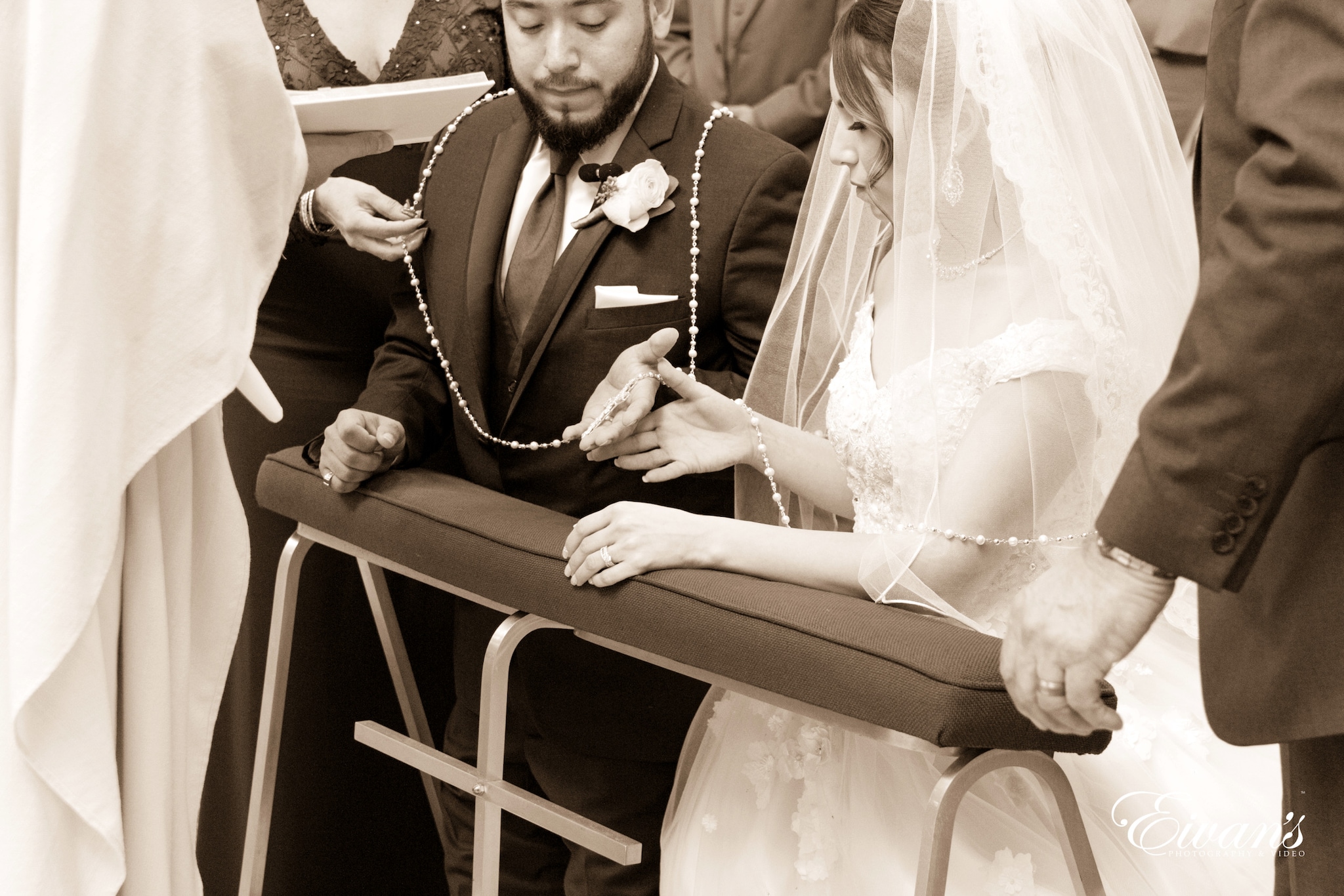
Ofrenda ritual
This is an offering made by the bride to the Virgin of Guadalupe at a Catholic ceremony. She kneels, prays and leaves a flower bouquet at the Virgin’s icon altar before the procession out of the church.
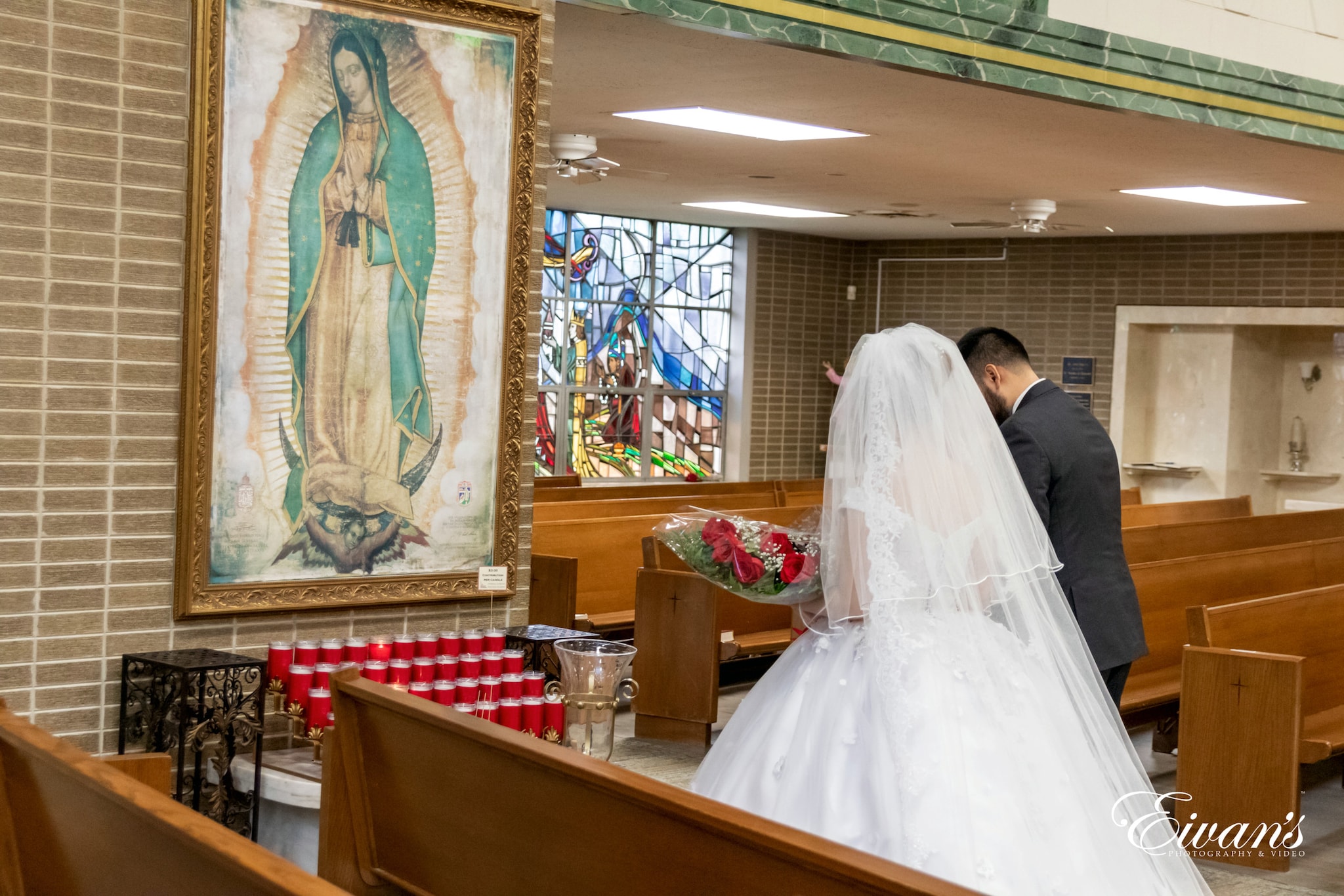
Las Arras ritual
This is the ritual of the thirteen gold coins presented by the groom to his bride. It represents Jesus and the 12 apostles and symbolizes the groom’s commitment to support his wife throughout their marriage. It also symbolizes her promise to take care of him. The coins are in an ornate box or gift tray and the priest blesses them during the wedding mass.
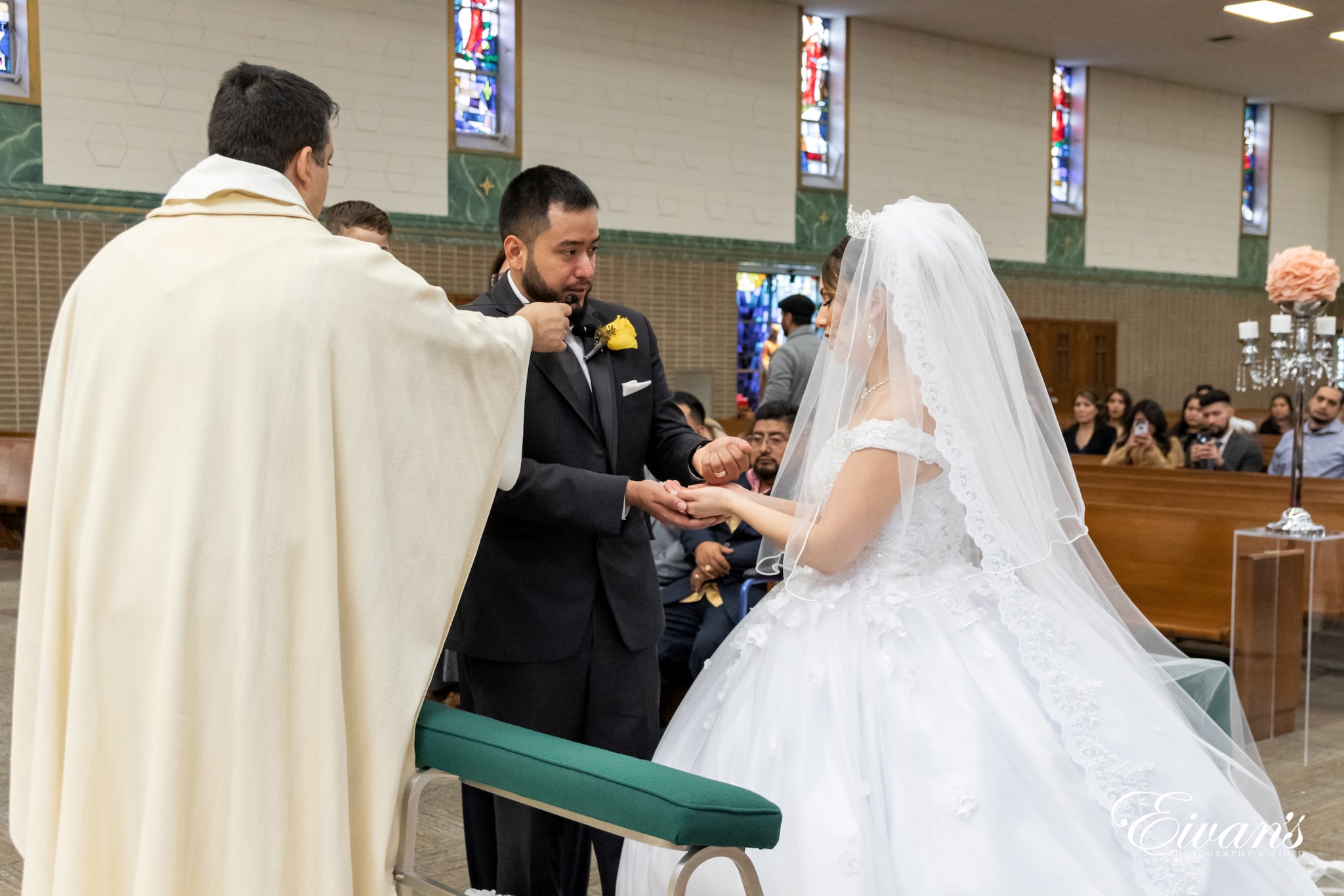
Wedding reception
In a Mexican traditional wedding, the wedding reception can last up to 2 days. There are several rituals that are part of the reception.
They include:
- First dance: The guests surround the newlyweds as they enjoy their first dance. The couple dances first with their parents and padrinos as an honor. Then the dance floor is open to all the other guests.
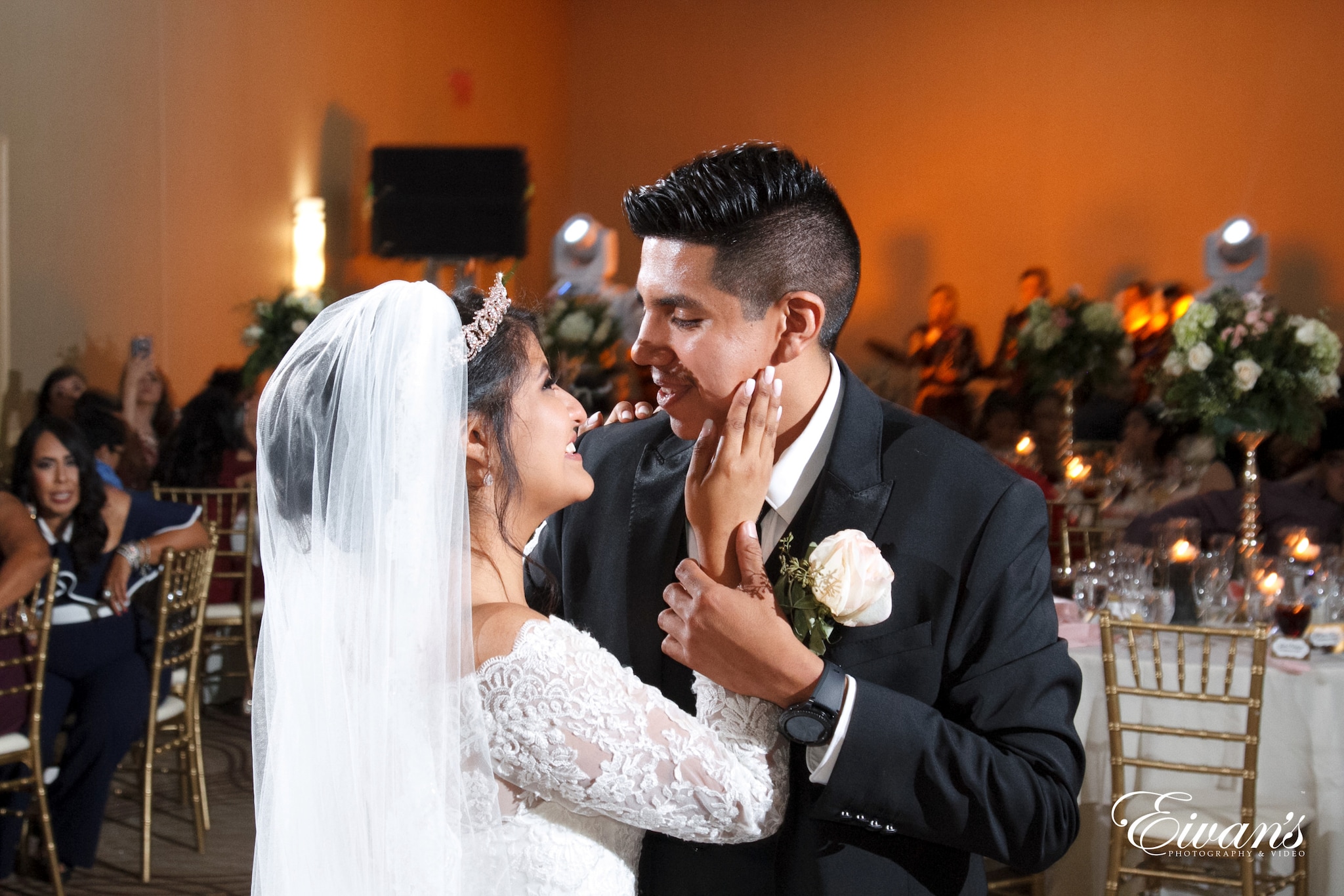
- Money dance: Male guests pay to dance with the bride and female guests to dance with the groom. The money dance is an excuse to gift money to the couple. The gifted money is used by the newlyweds for their honeymoon or set up their new home.
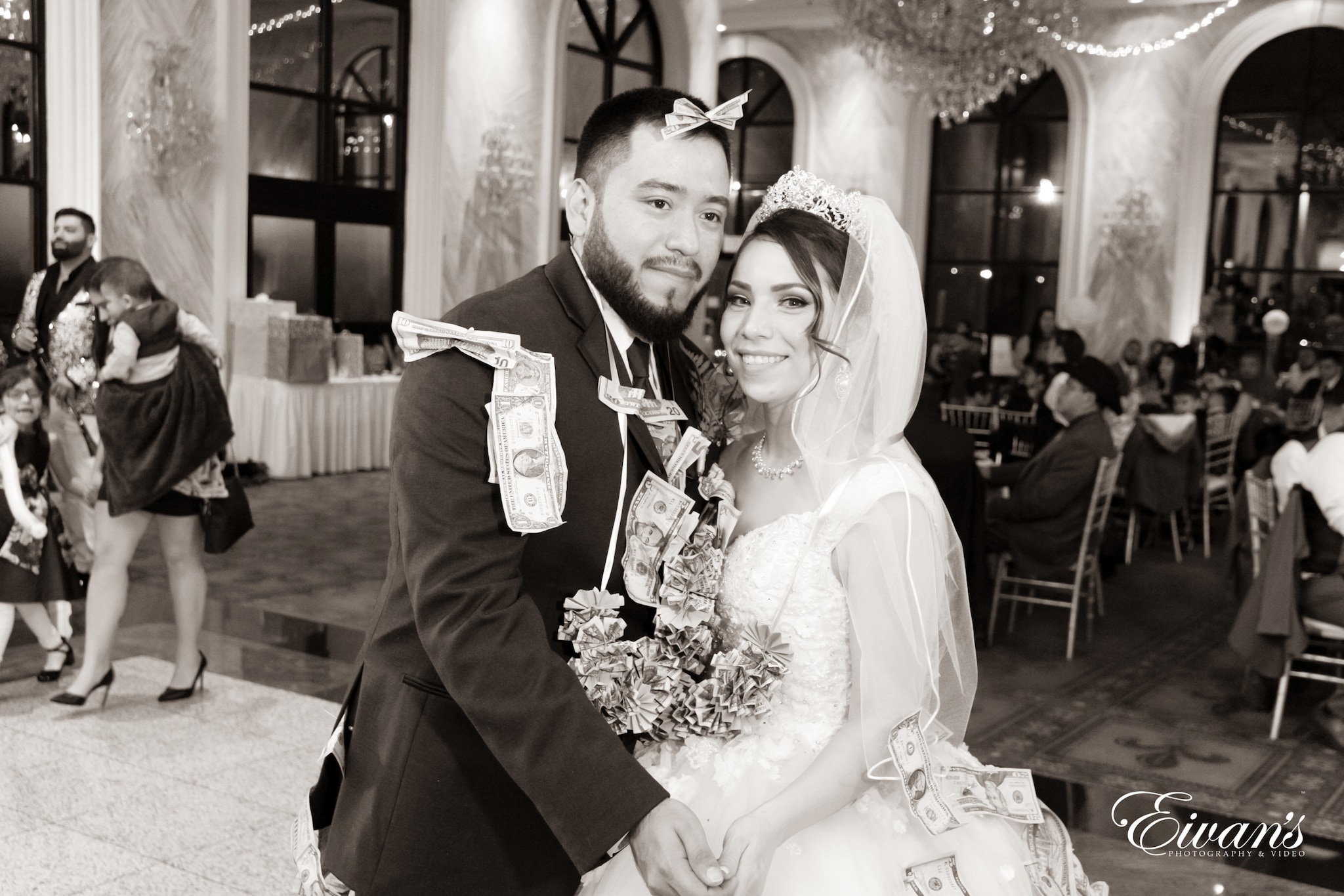
- Mariachi: Mexican weddings enjoy a Mariachi serenade during the cocktail hour or after dinner. A good Mexican Mariachi brings a touch of folklore and tradition to the wedding ceremony.
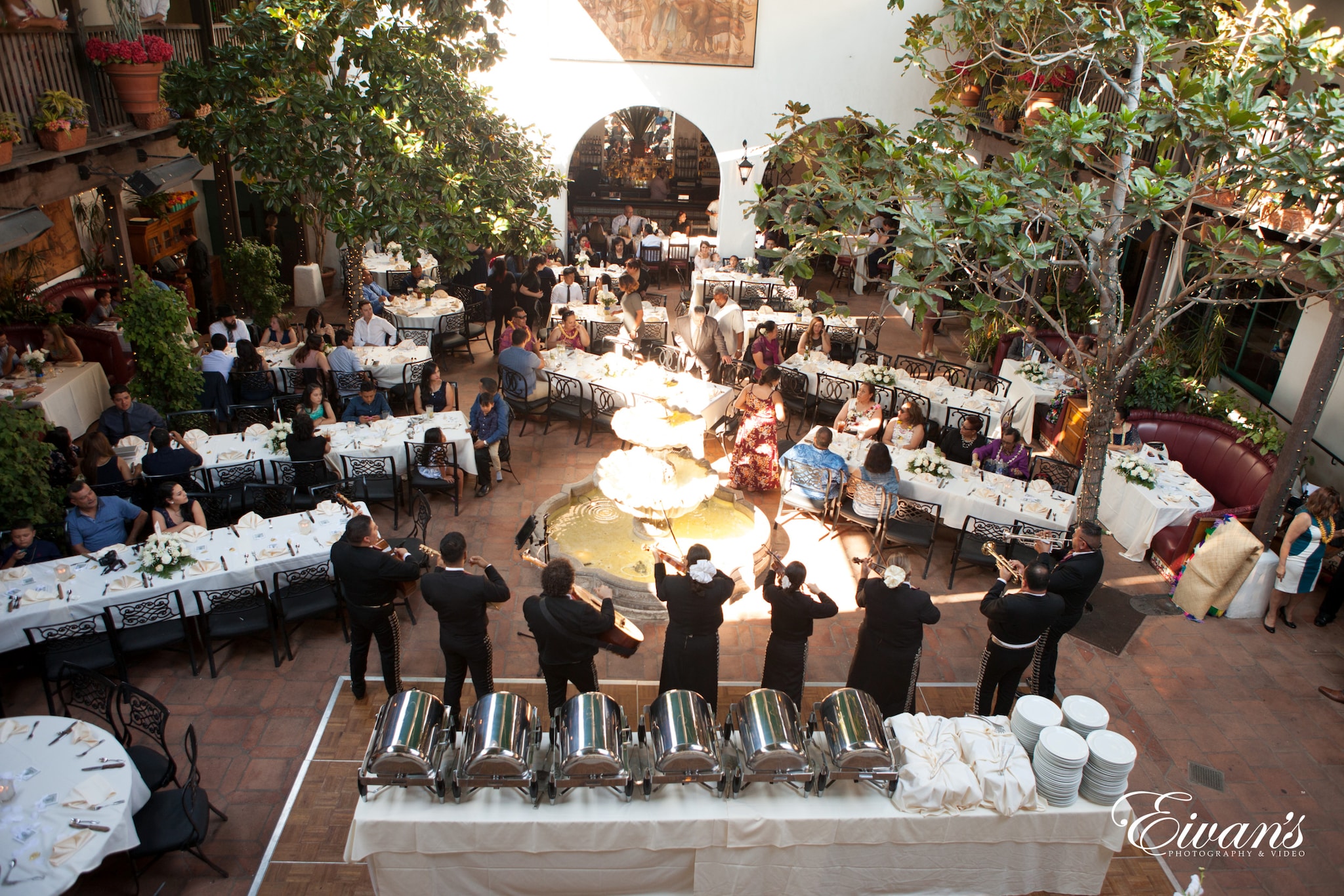
- Wedding reception food: Delicious Mexican delicacies are prepared in honor of the couple. They slaughter a goat or a pig for the occasion. Delicious side dishes and treats like tortillas go with the main feature. The Mexican sauce made of many types of chili pepper and nuts is the best accompaniment to the meat.
- Wedding drinks: Traditional Mexican weddings have drinks flowing throughout the event. Huge barrels of non alcoholic flavored water, beer buckets filled with ice to the brim, tequila served table to table, margarittas and other mixed Latin and Mexican mixed drinks.
- The wedding cake: Traditional Mexican wedding cake was three milks cake; moist, soft and melts in your mouth. Many Mexican weddings offer dessert tables with a host of candies and treats as part of the wedding cake. Popular wedding cookies taste heavenly. They make them from butter, pecans and powdered with confectioner’s sugar. Different types of cookies are on offer even for guests to take away.
Mexican weddings are a vibrant tapestry of cultural practices that blend indigenous traditions with Spanish, Christian, and European influences. One of the most striking features is the incorporation of fiestas, where Mexican cuisine like tacos and tamales takes center stage, creating a festive atmosphere. Mariachi bands, with their violins and guitars, serenade the couple and guests, infusing the celebration with the rich sounds of mariachi music. The ceremony often takes place in a church, honoring the patron saint, Our Lady of Guadalupe, with rituals deeply rooted in Christian faith. The bridal procession, or “entrada,” is a moment of grandeur as it signifies the bride’s journey to meet her groom, surrounded by loved ones. The use of vibrant colors and elaborate floral arrangements, inspired by the likes of Frida Kahlo and Diego Rivera, adds to the visual splendor, creating a unique and memorable experience.
Traditions such as the “lazo,” a large rosary placed around the couple in a figure-eight shape, symbolize their unity and everlasting bond under God. The exchange of “arras,” thirteen gold coins, represents the groom’s commitment to provide for his new family. Mexican weddings often feature lively parades, or “callejoneadas,” leading guests through the streets with music and dancing, reminiscent of the colorful celebrations during Día de los Muertos and Cinco de Mayo. In cities like Mexico City, Guadalajara, and Oaxaca, these parades add a communal spirit to the wedding festivities. The reception is a feast of flavors and emotions, where guests enjoy traditional Mexican food and drinks. The night culminates in the “grito,” a spirited cheer echoing the national cry of Independence Day, encapsulating the joyous essence of Mexican cultural heritage.
